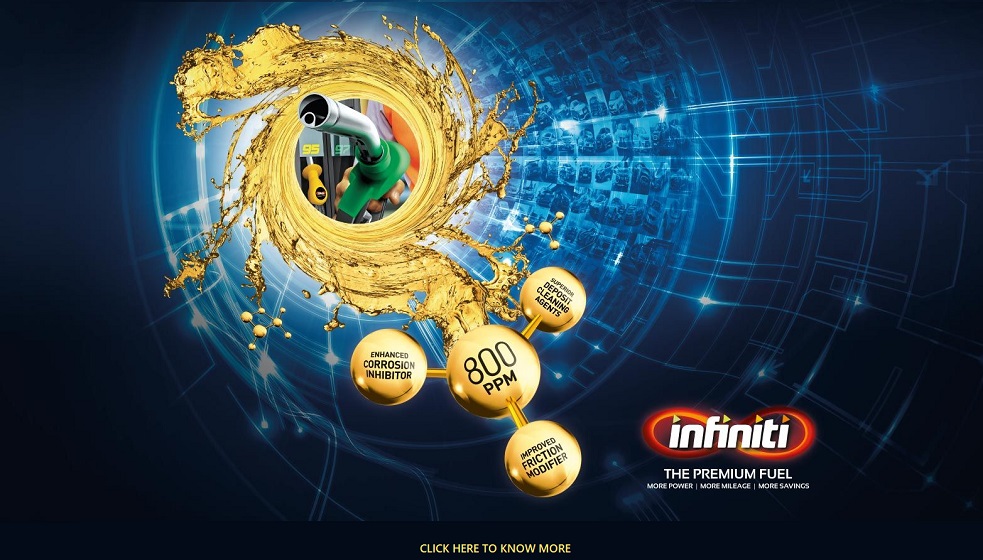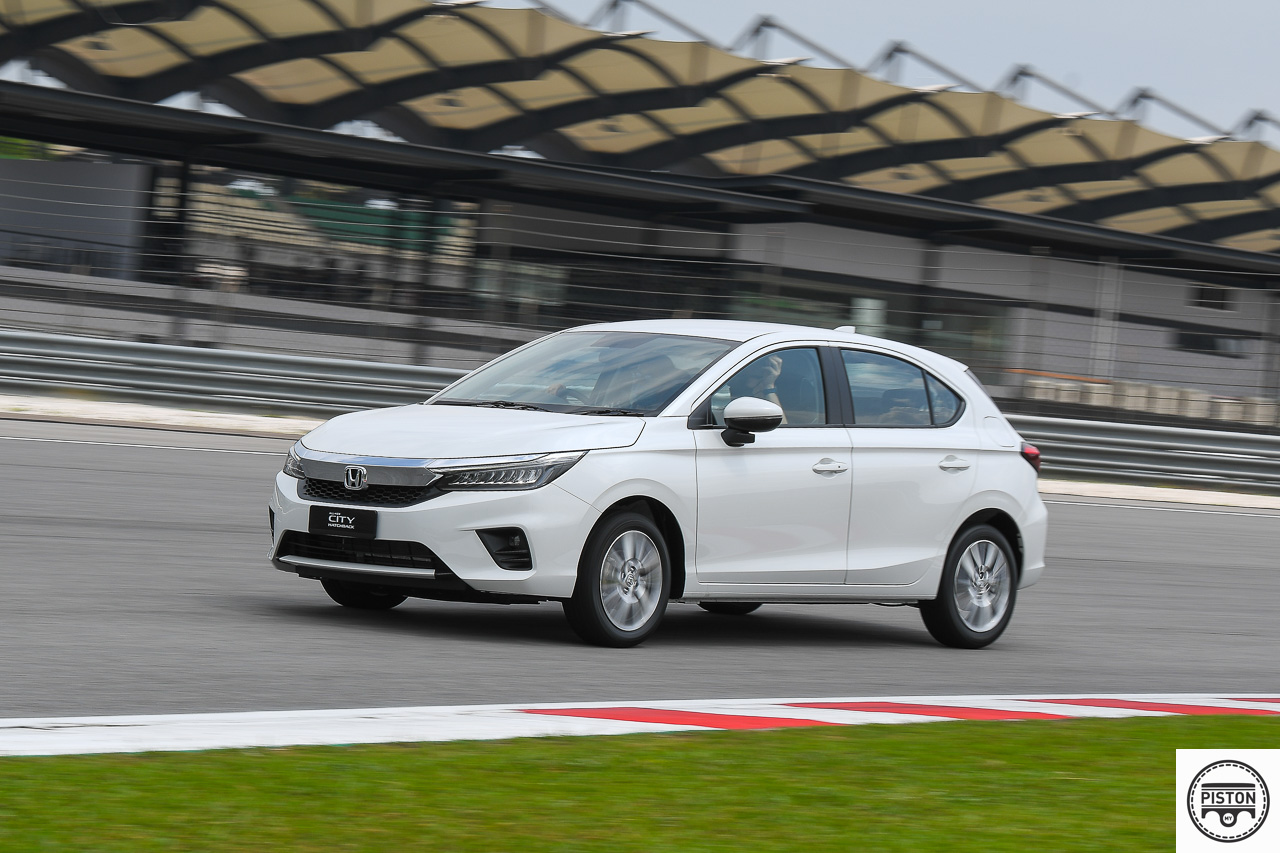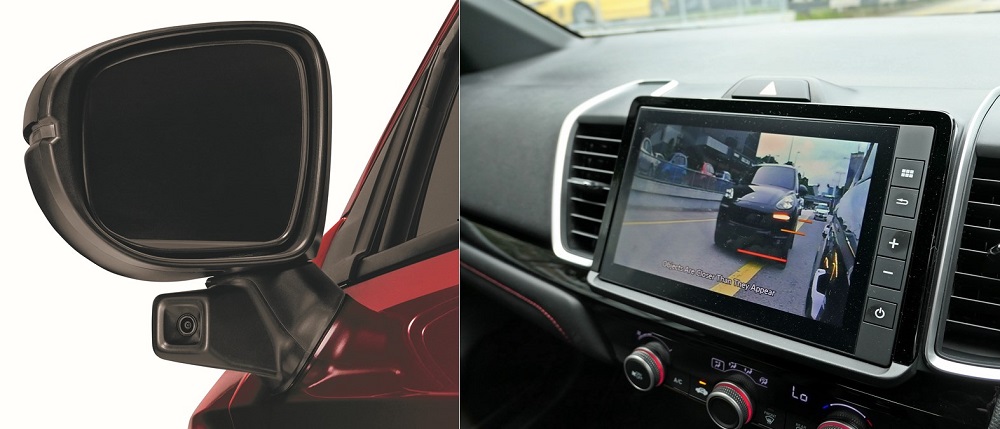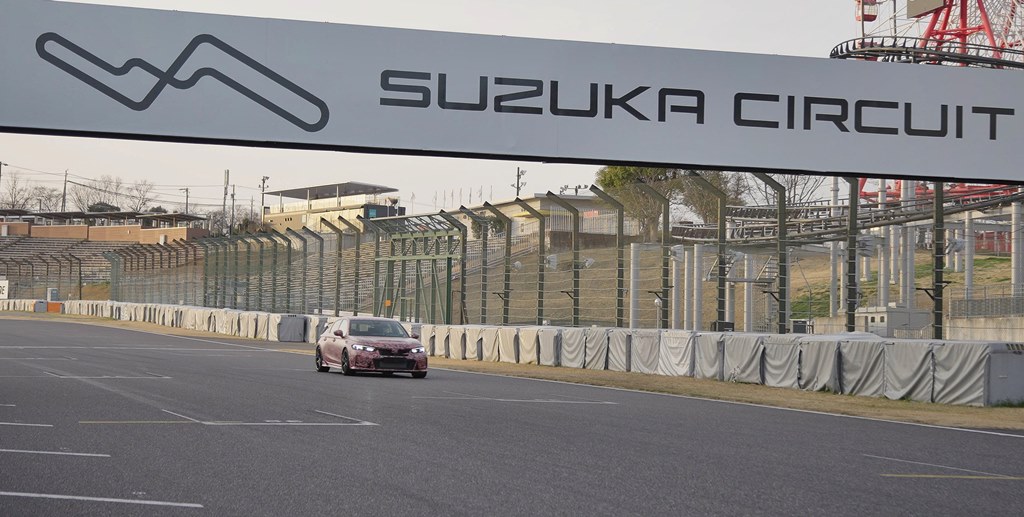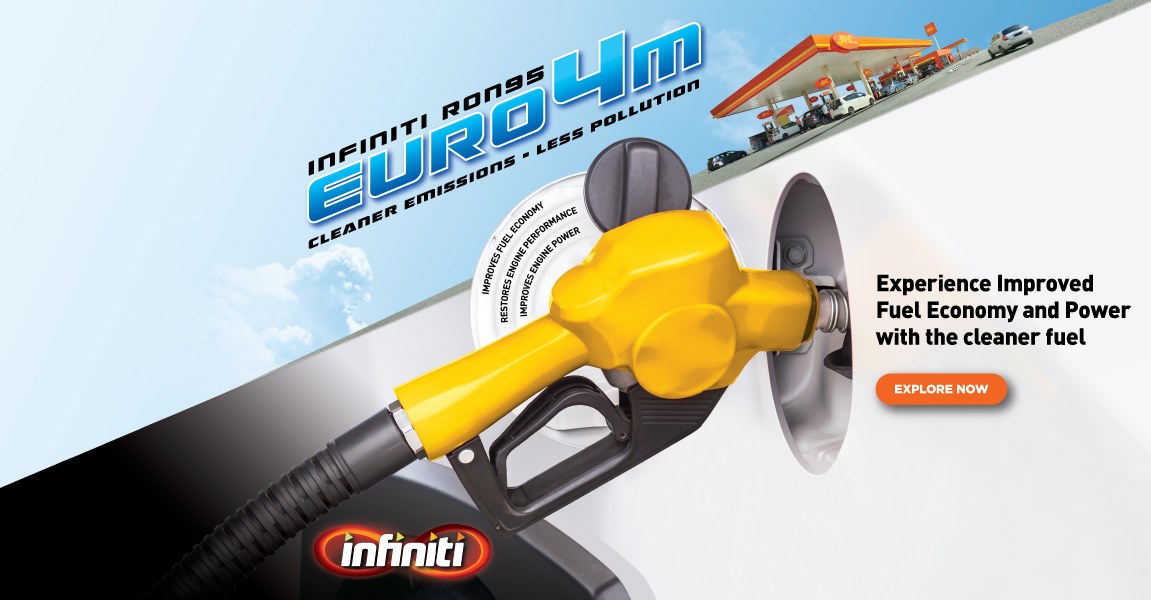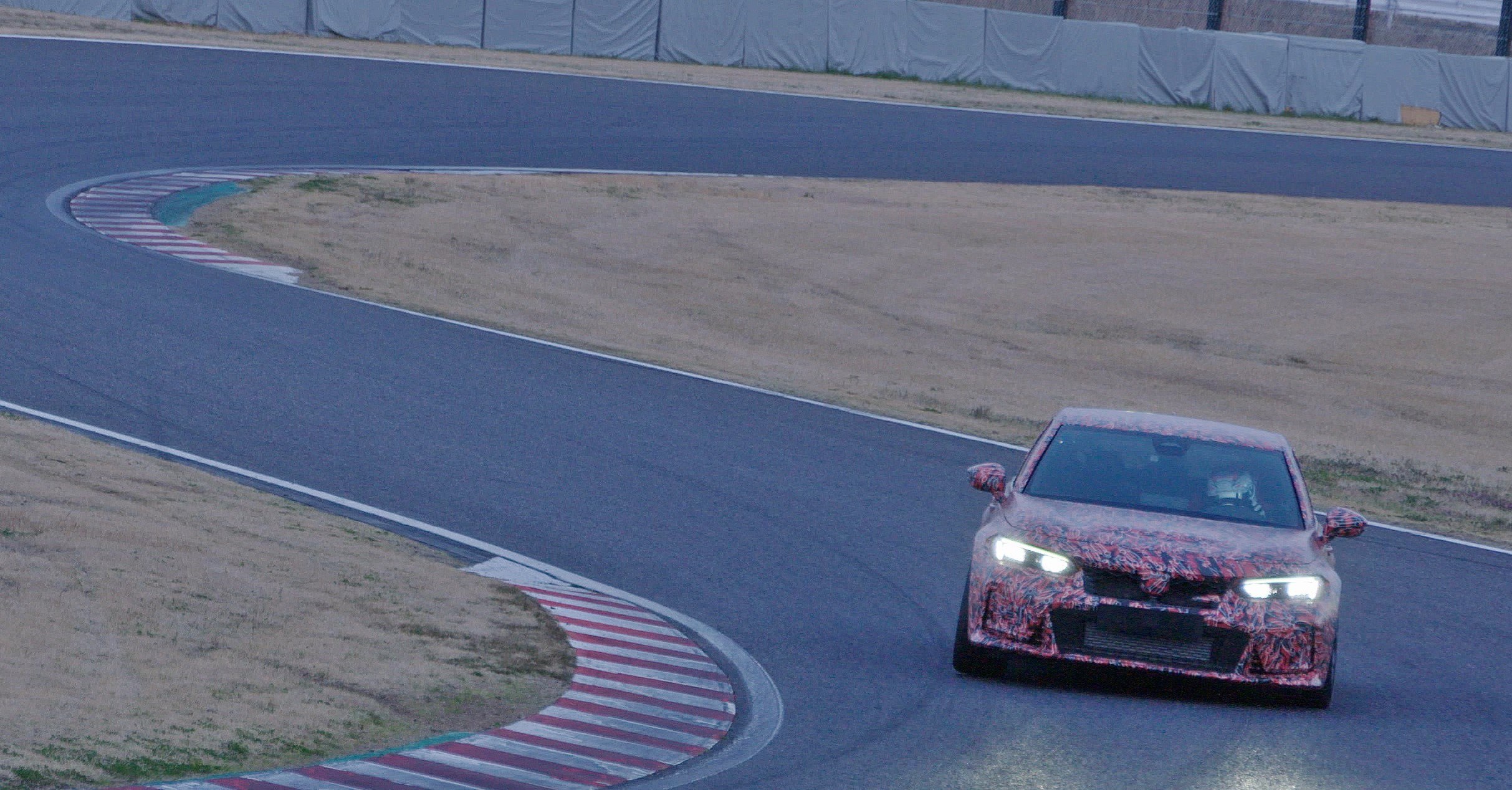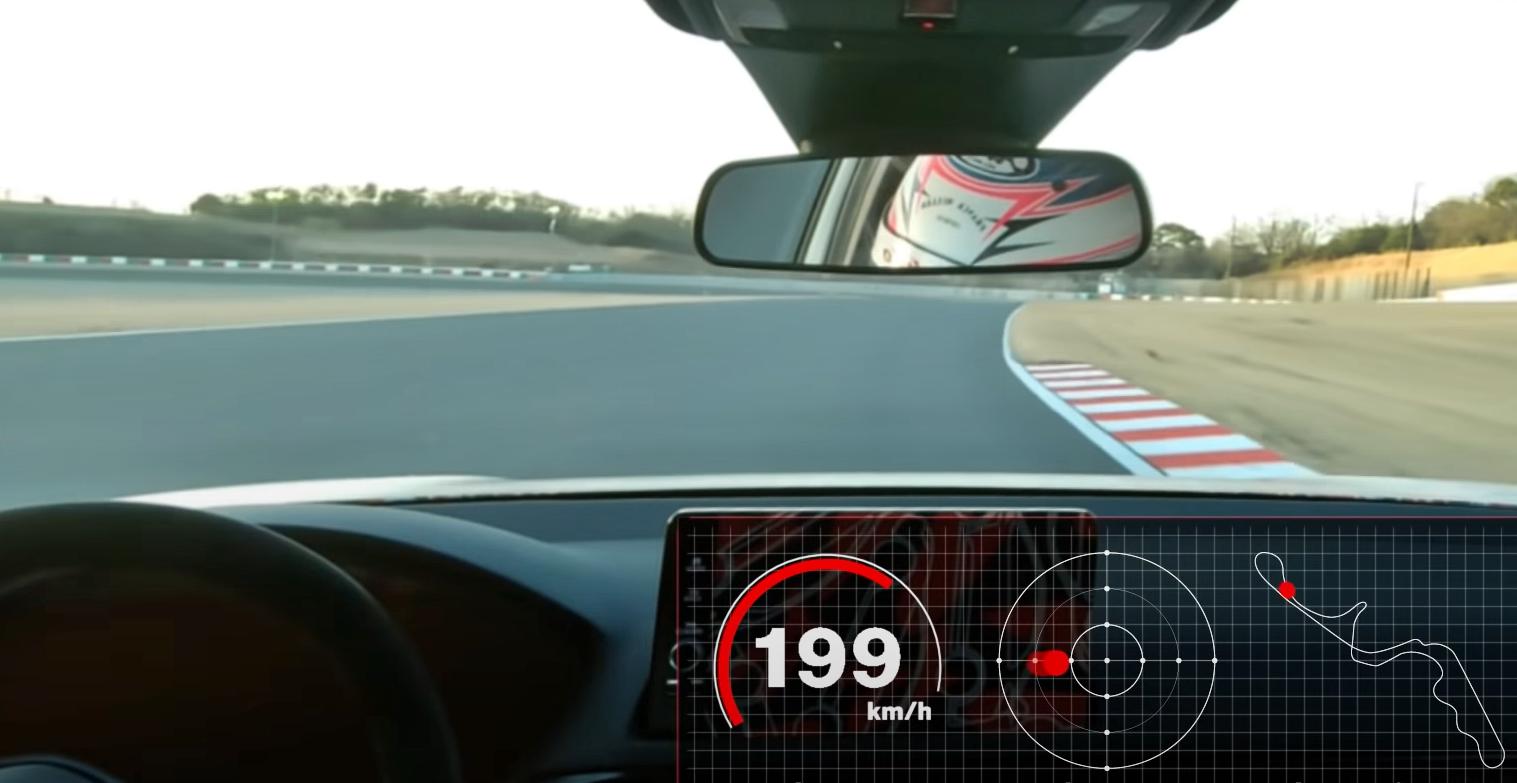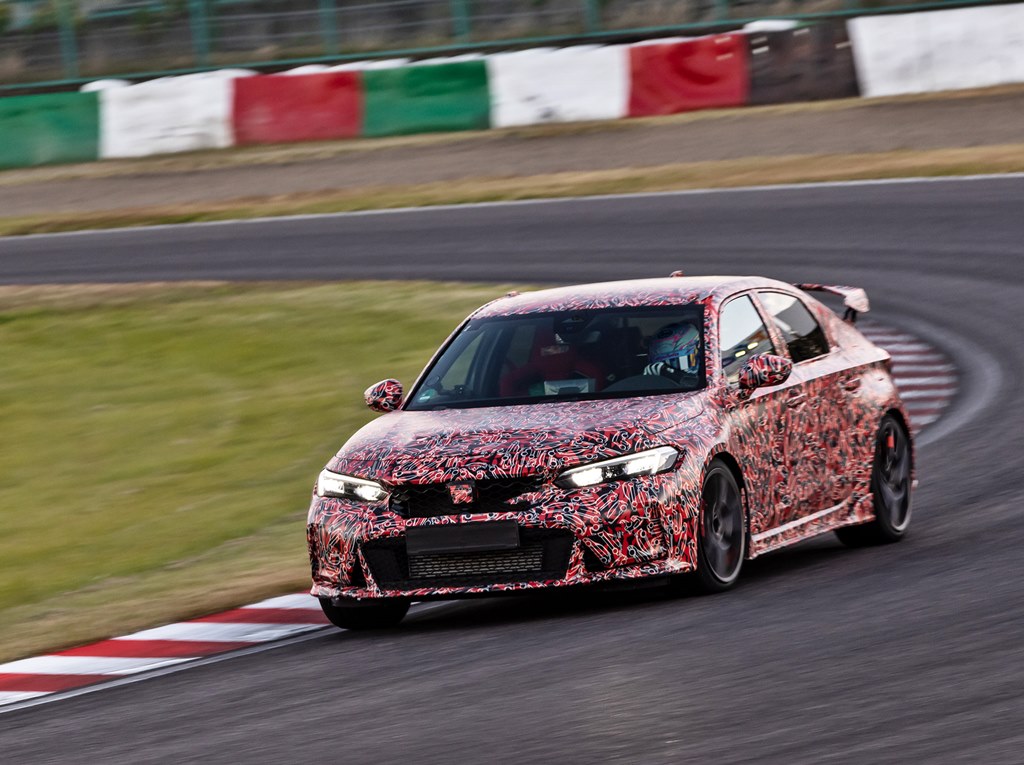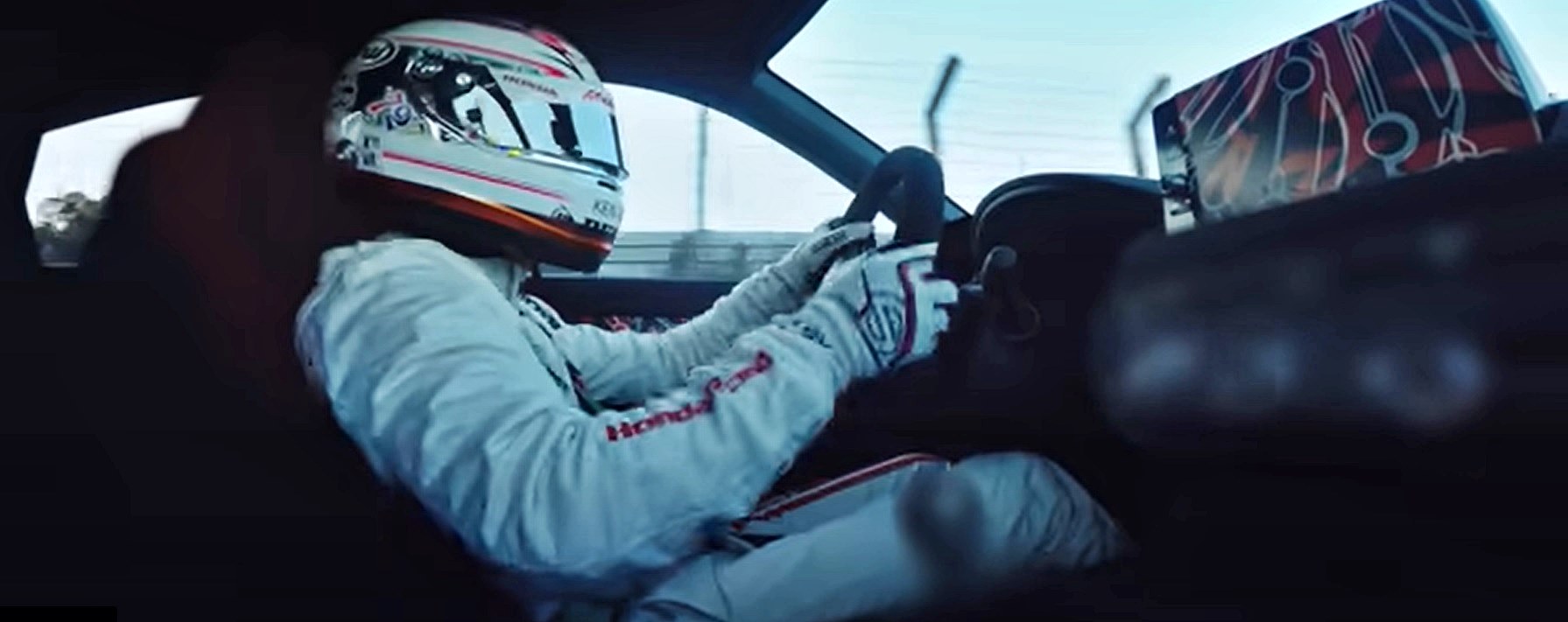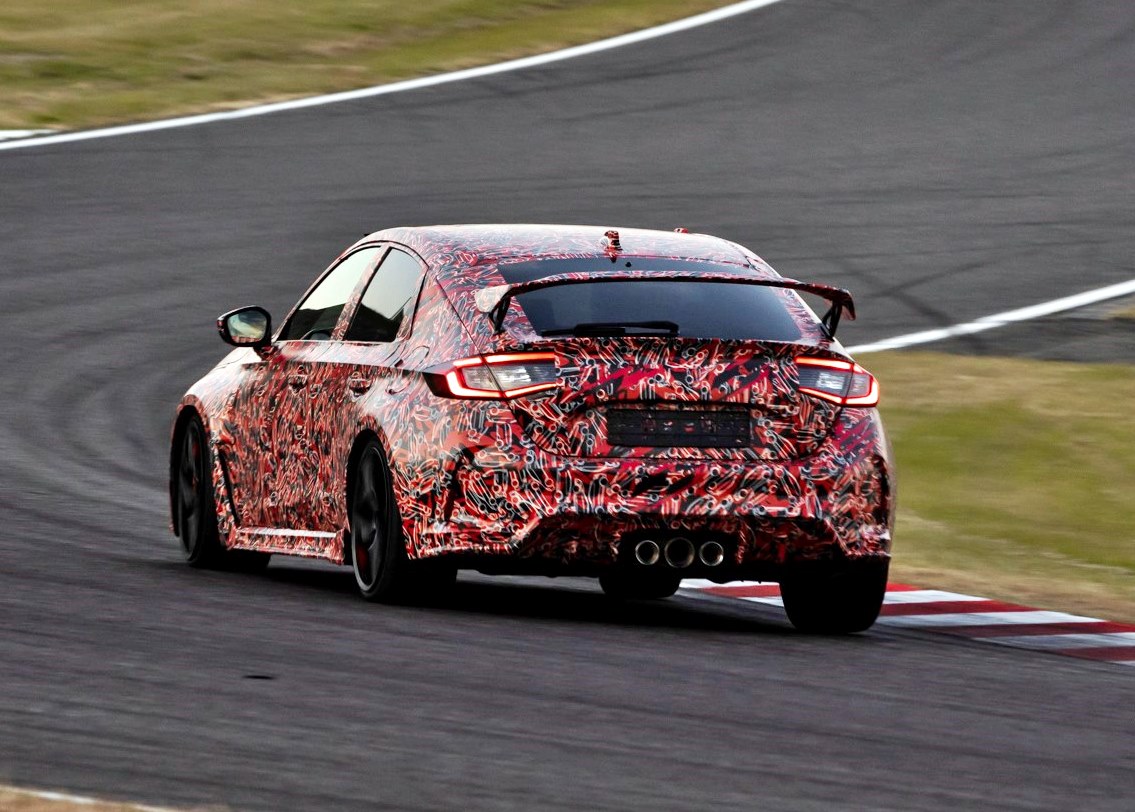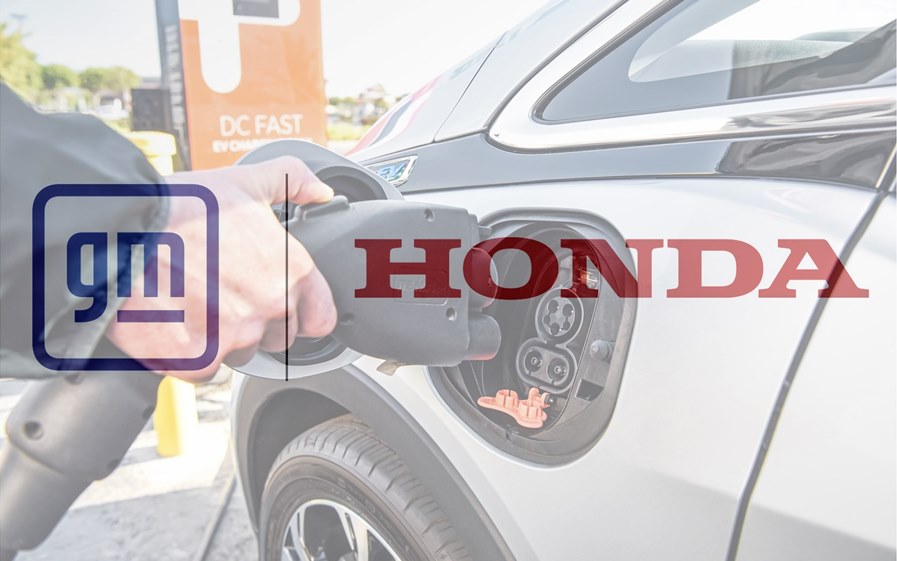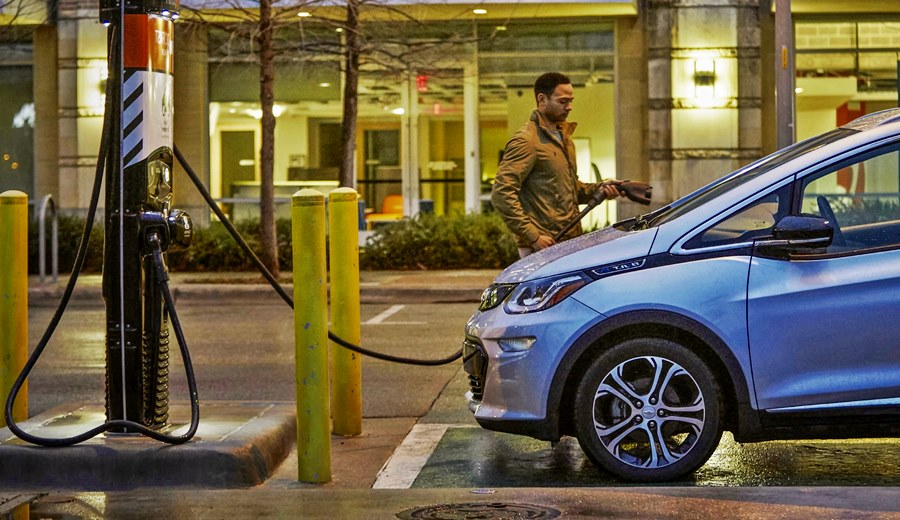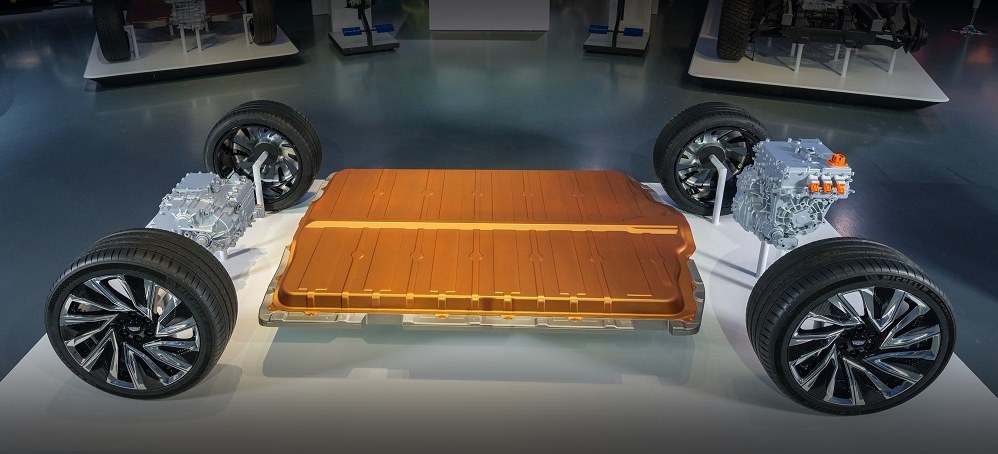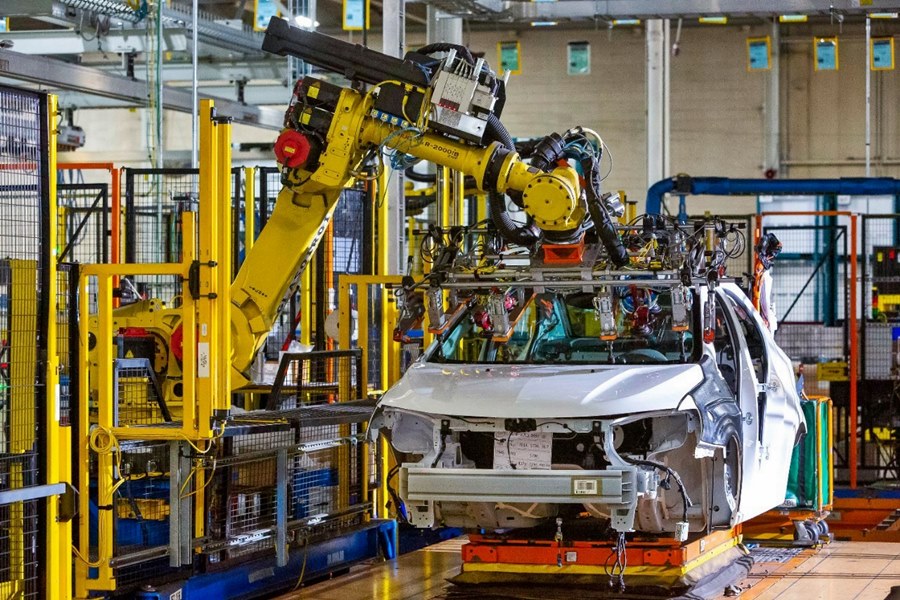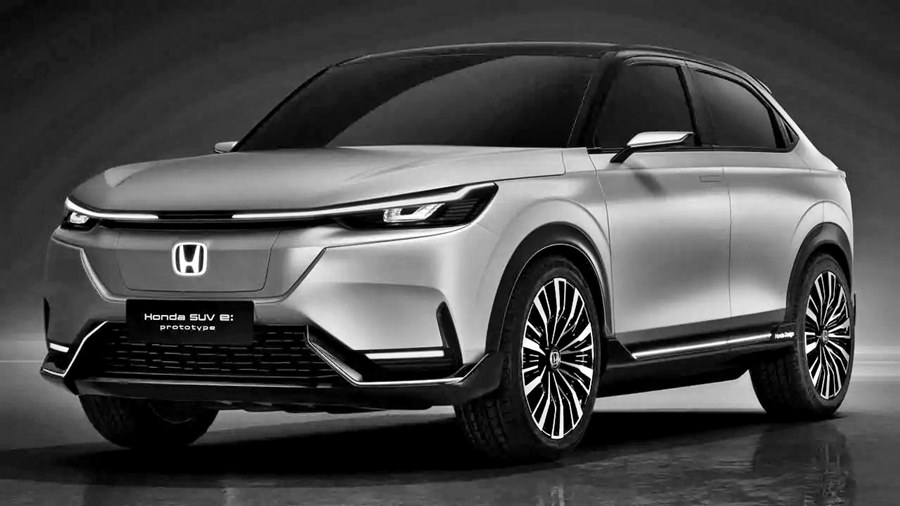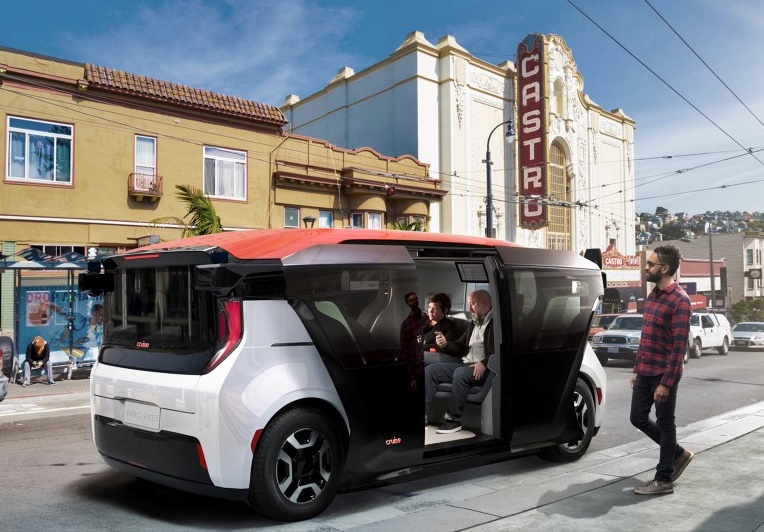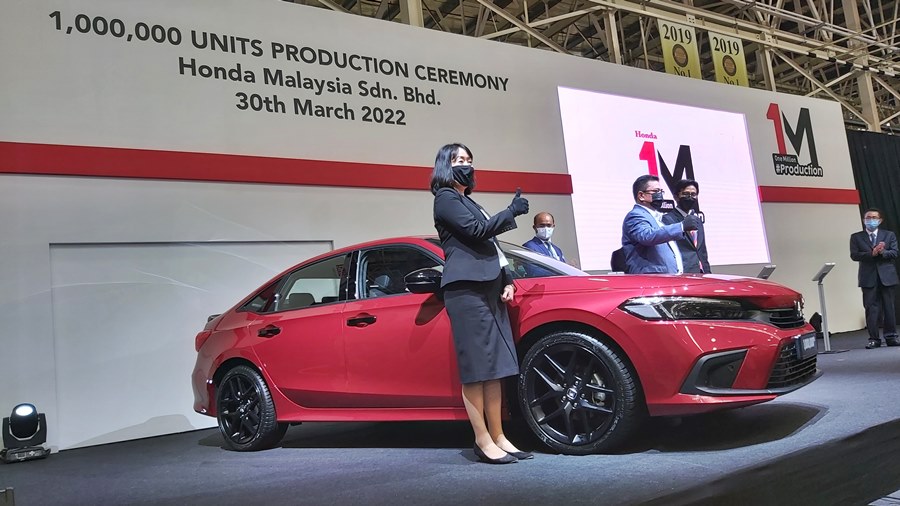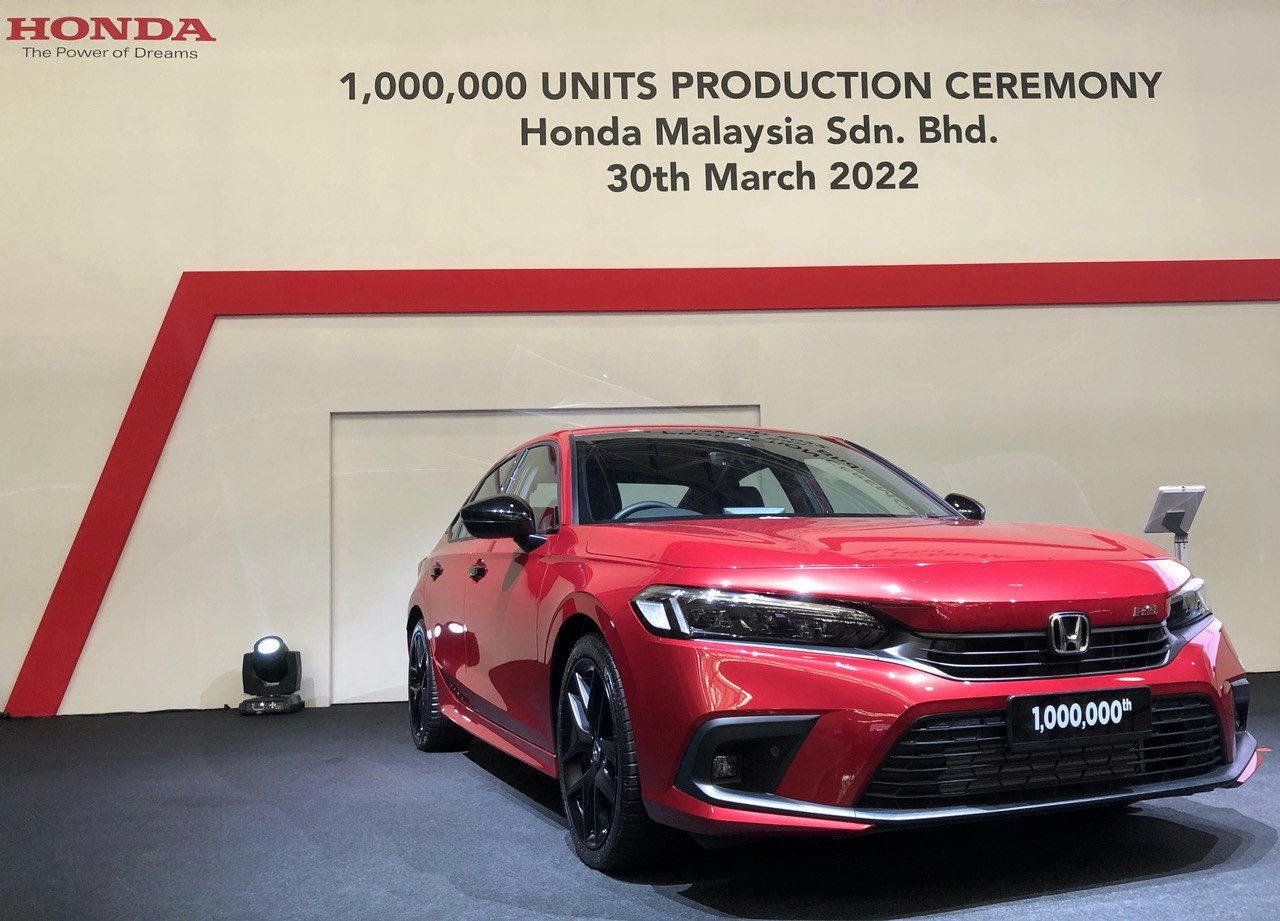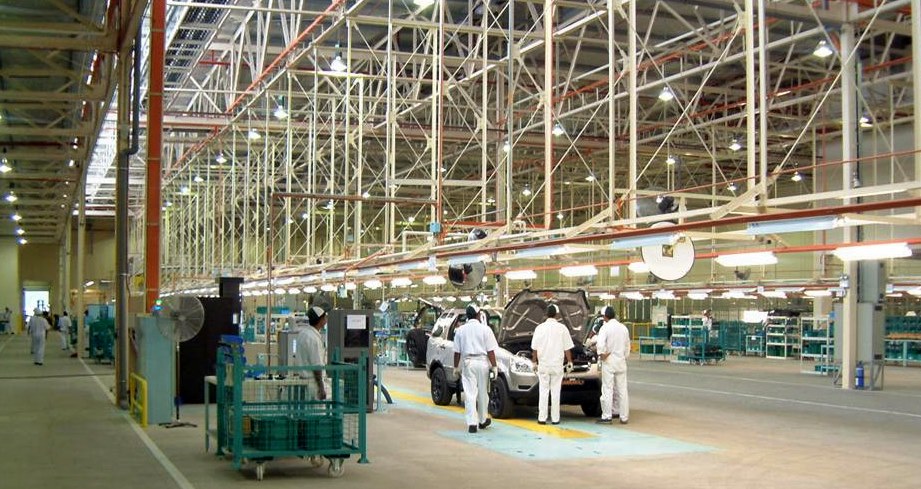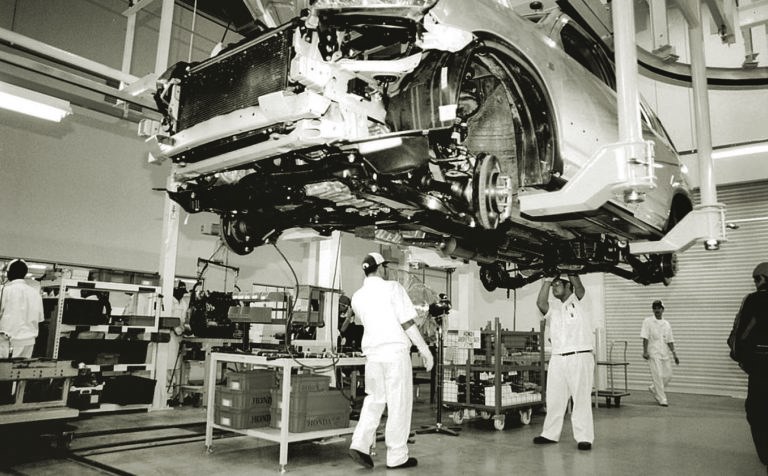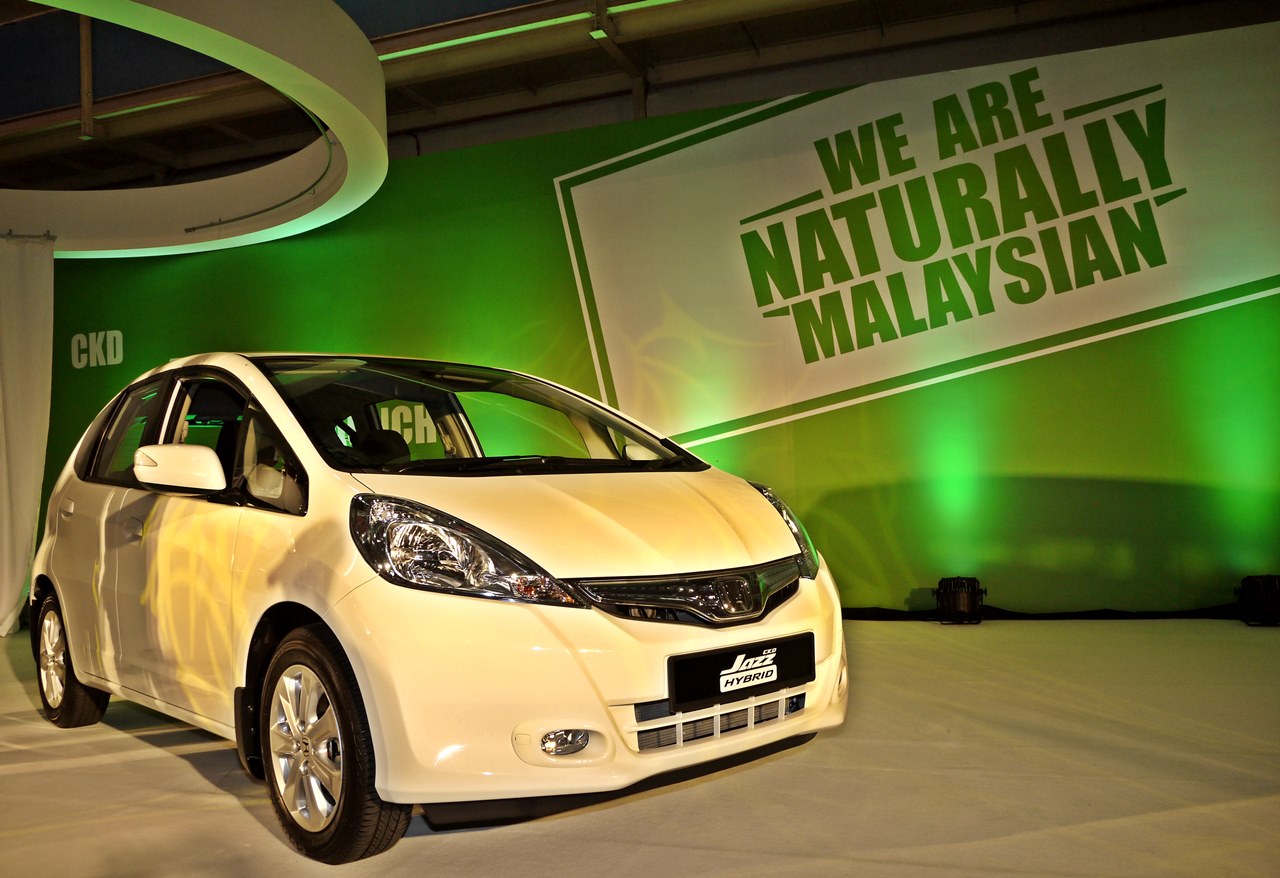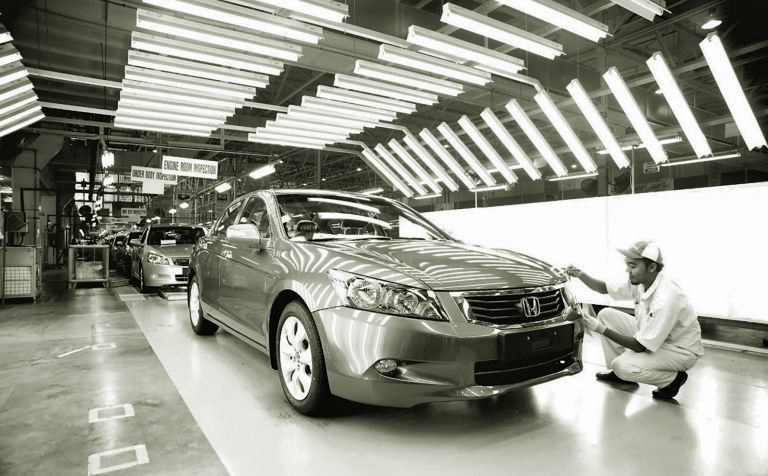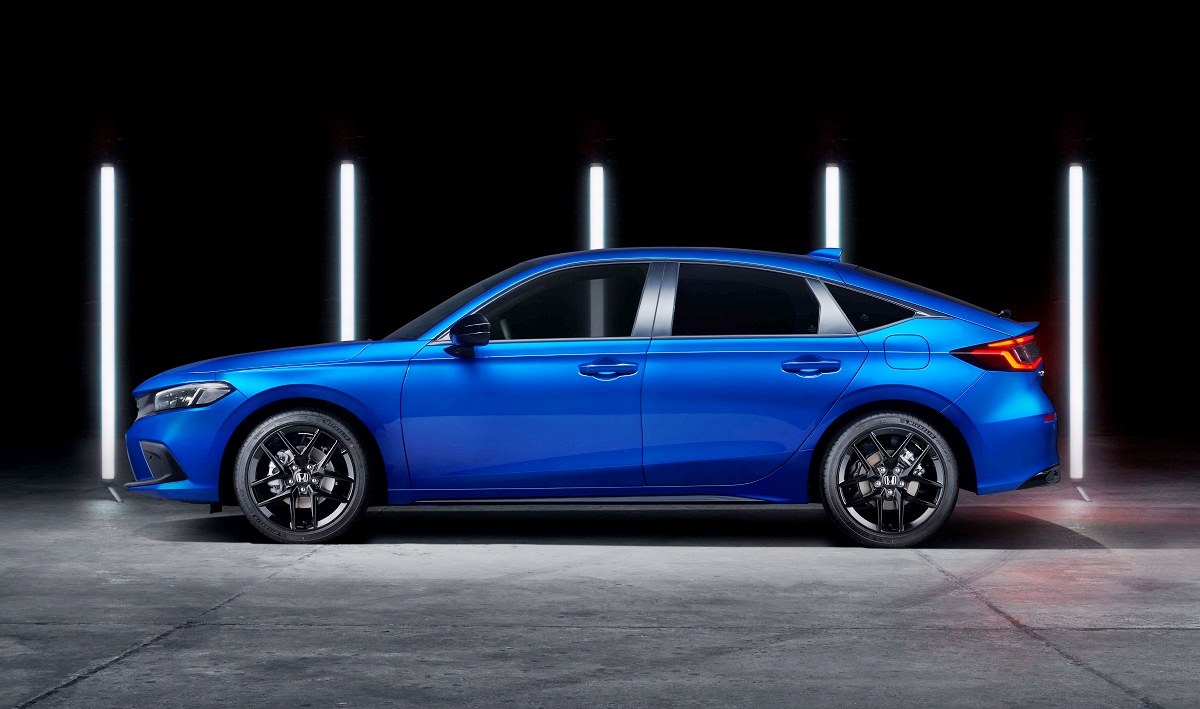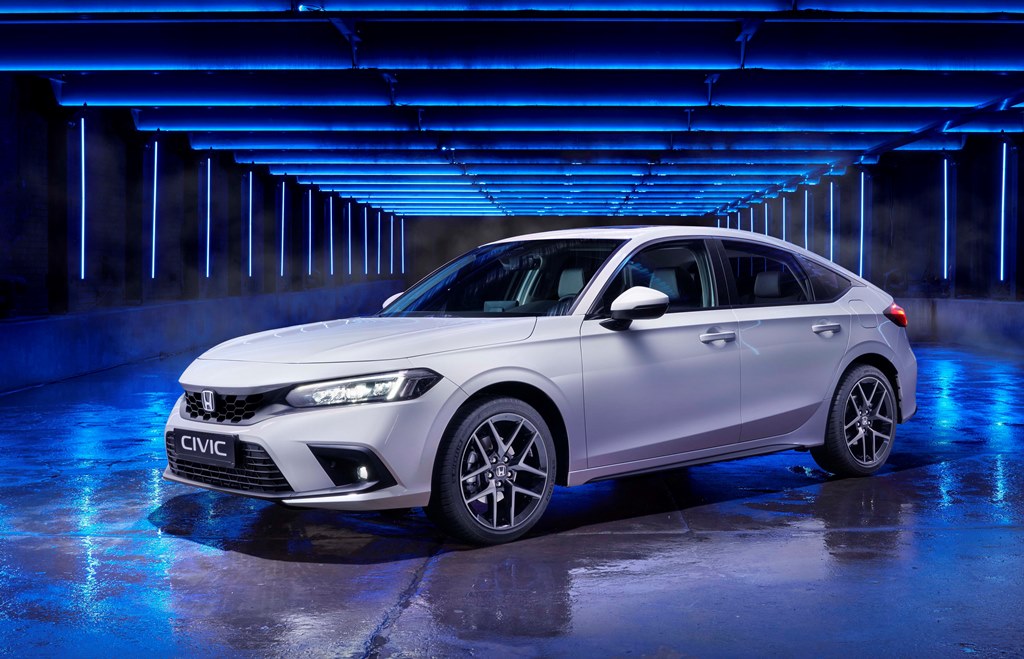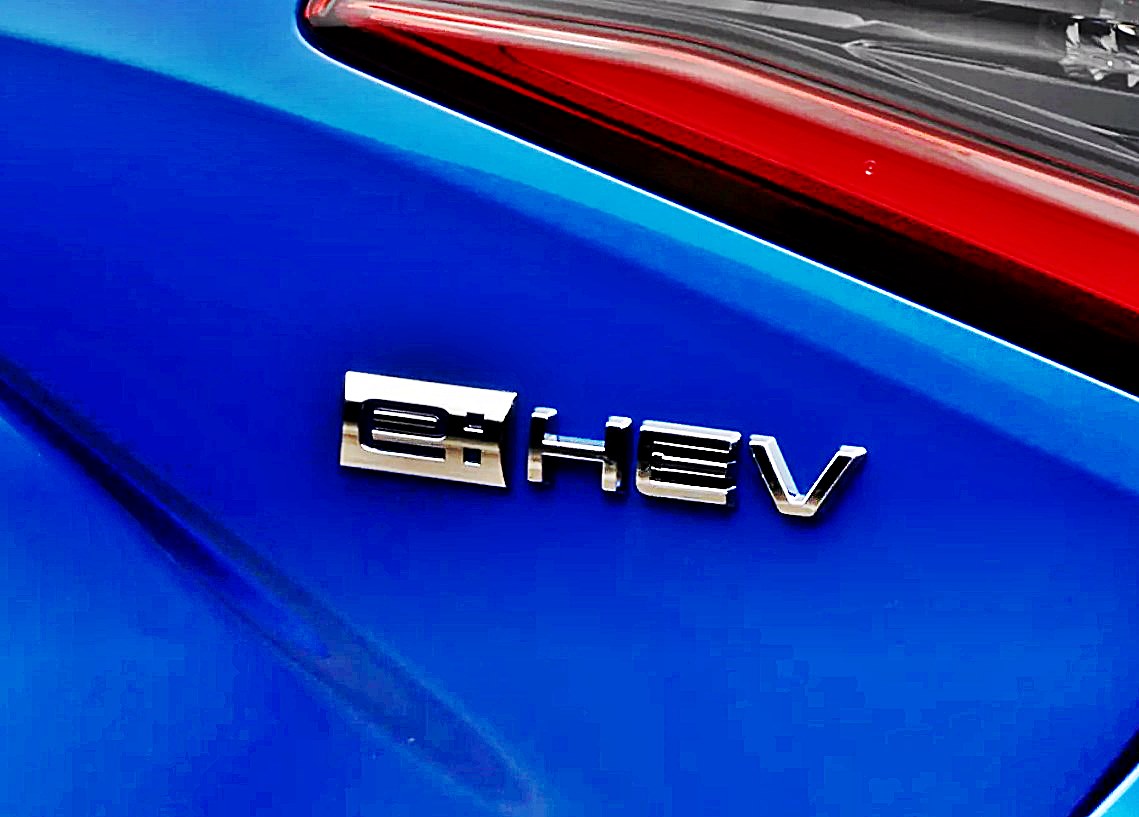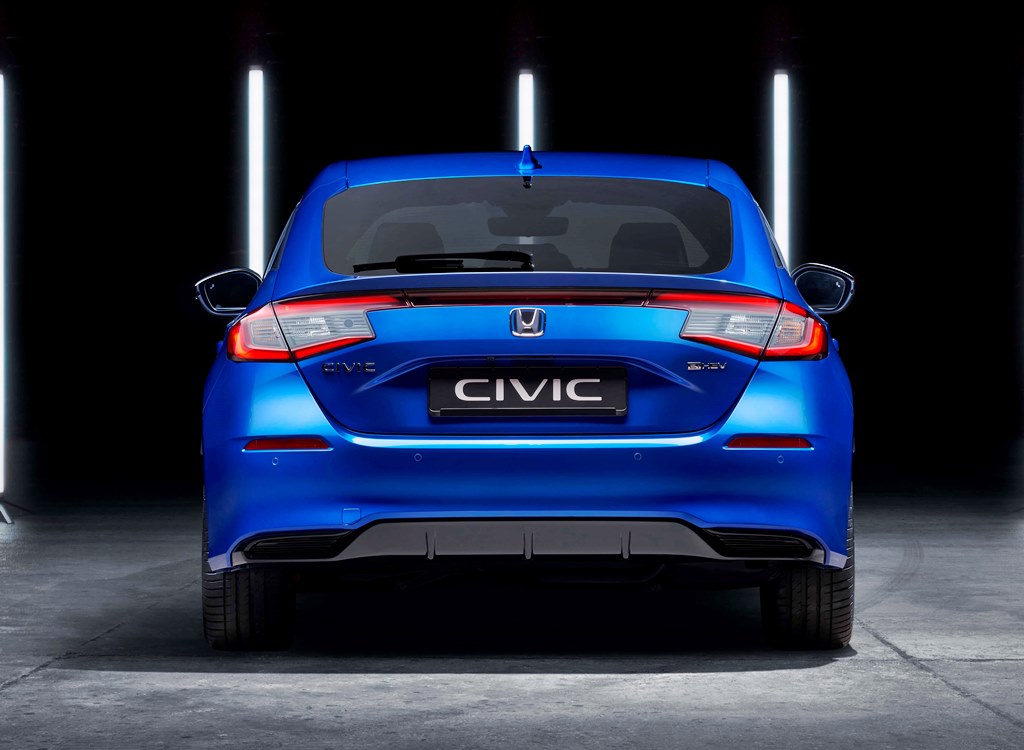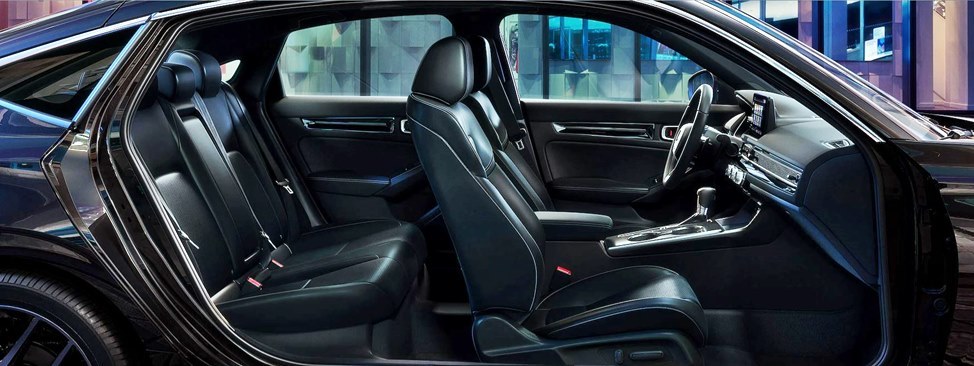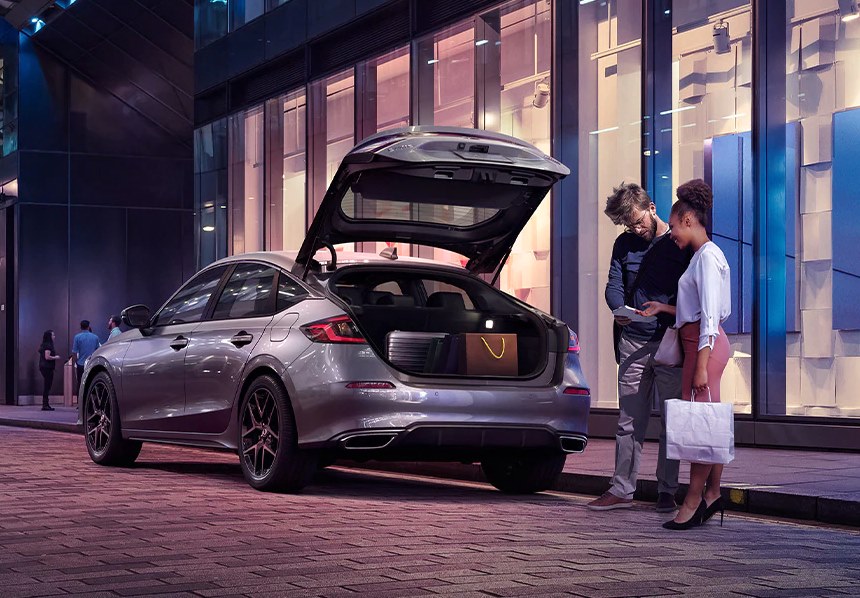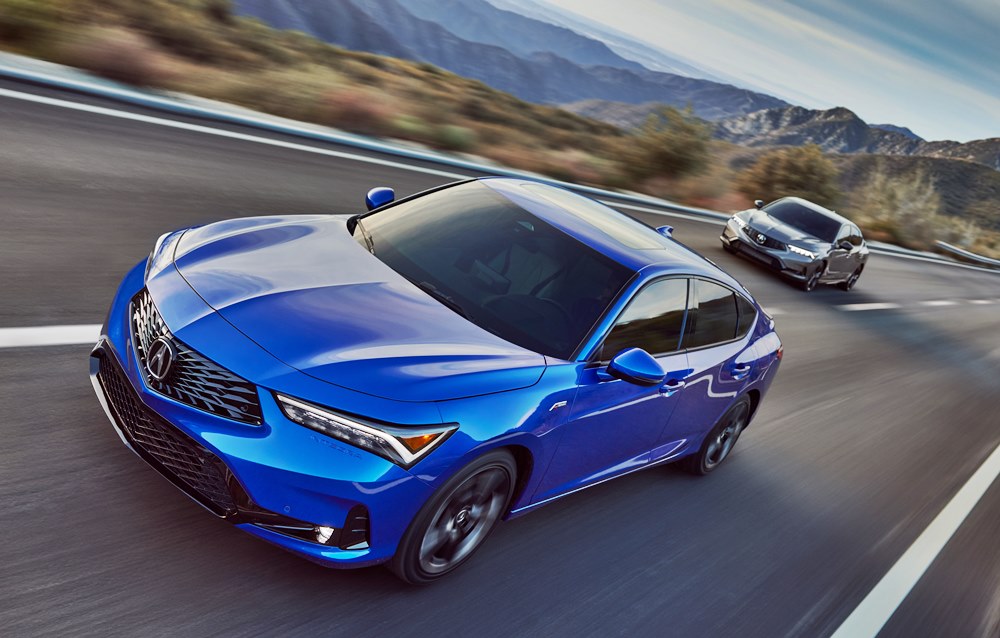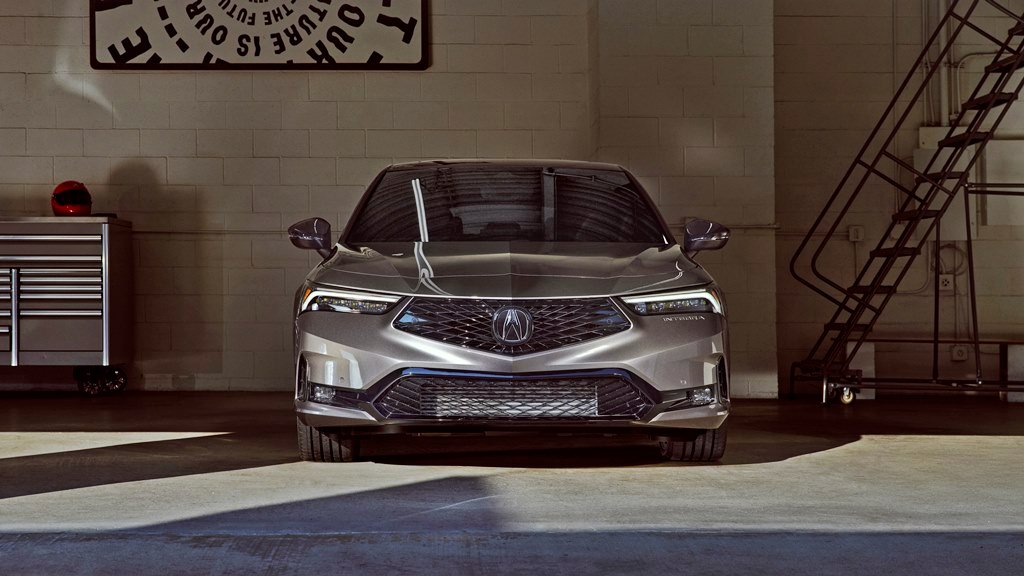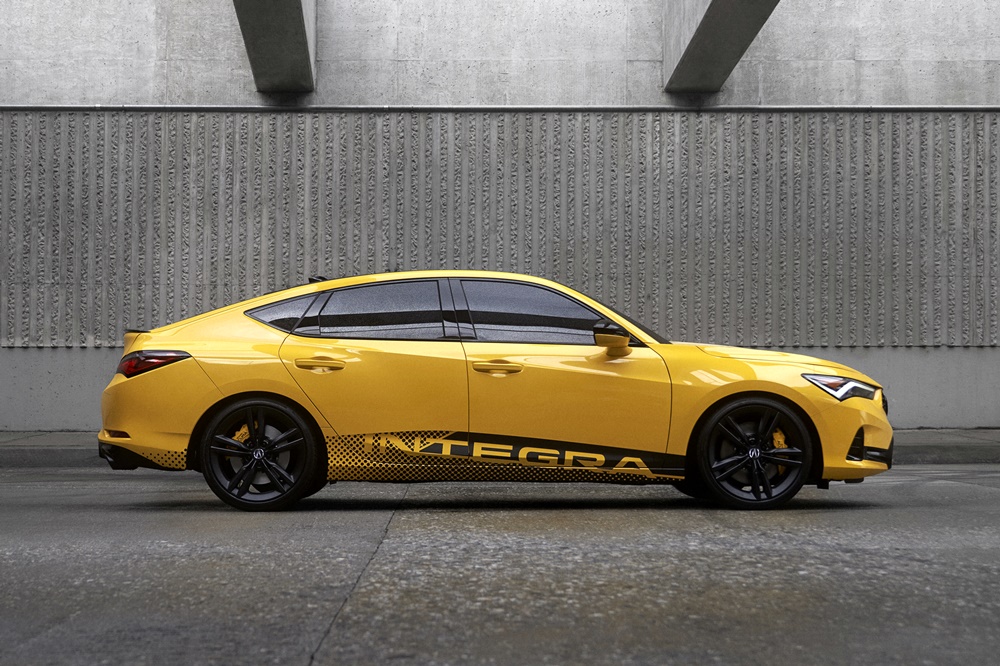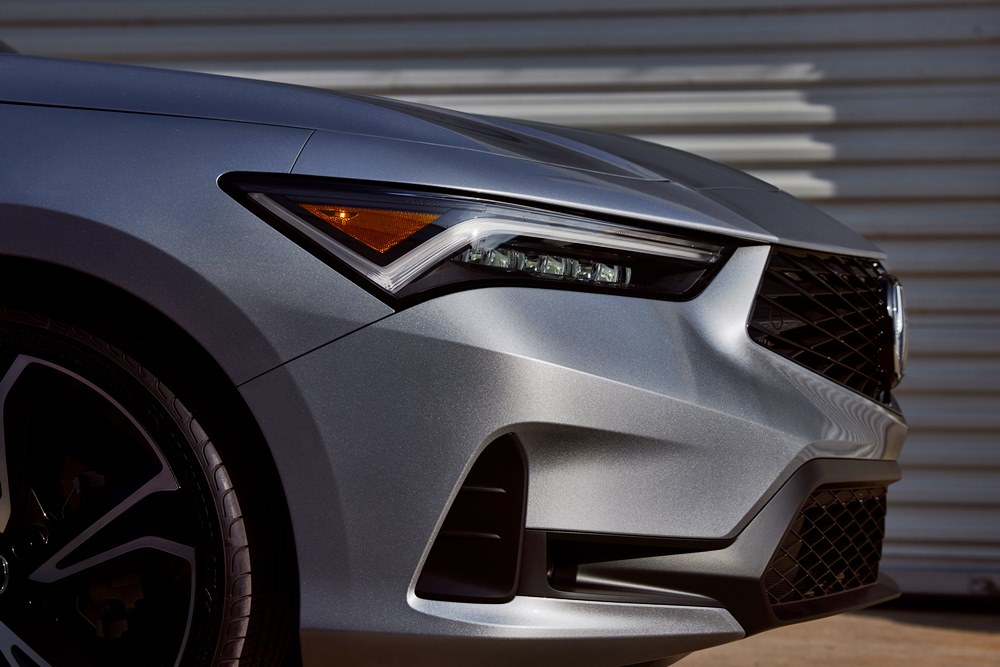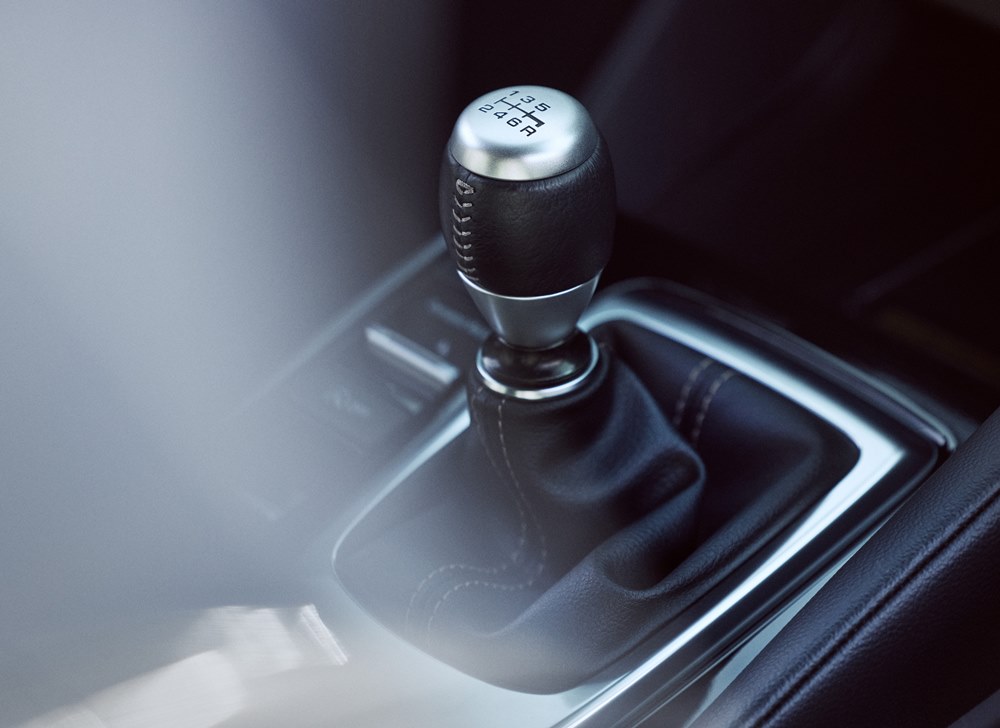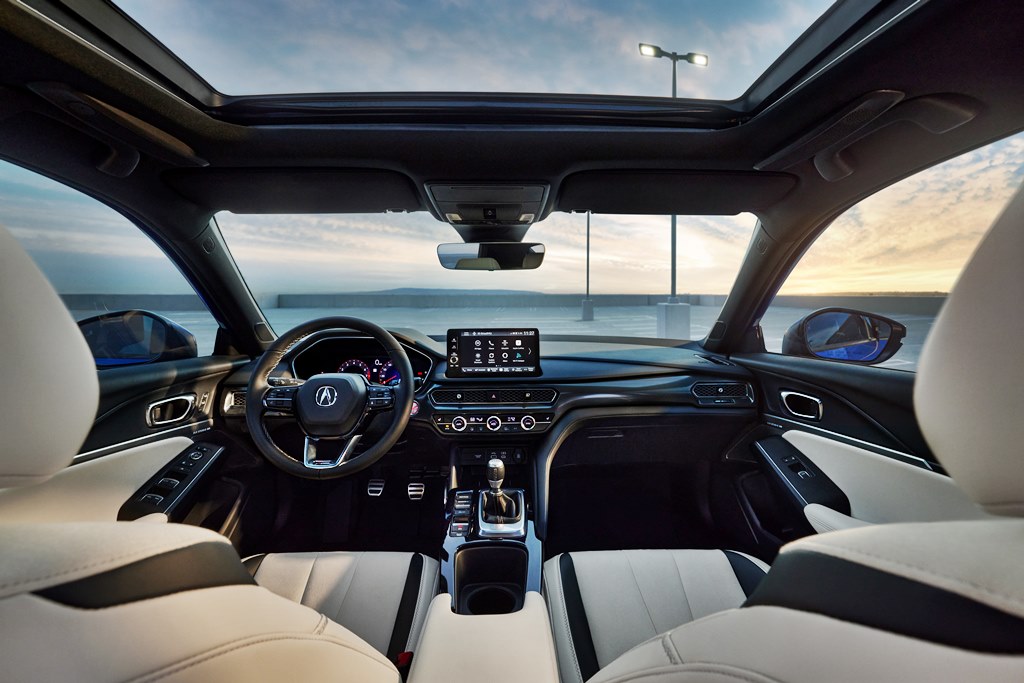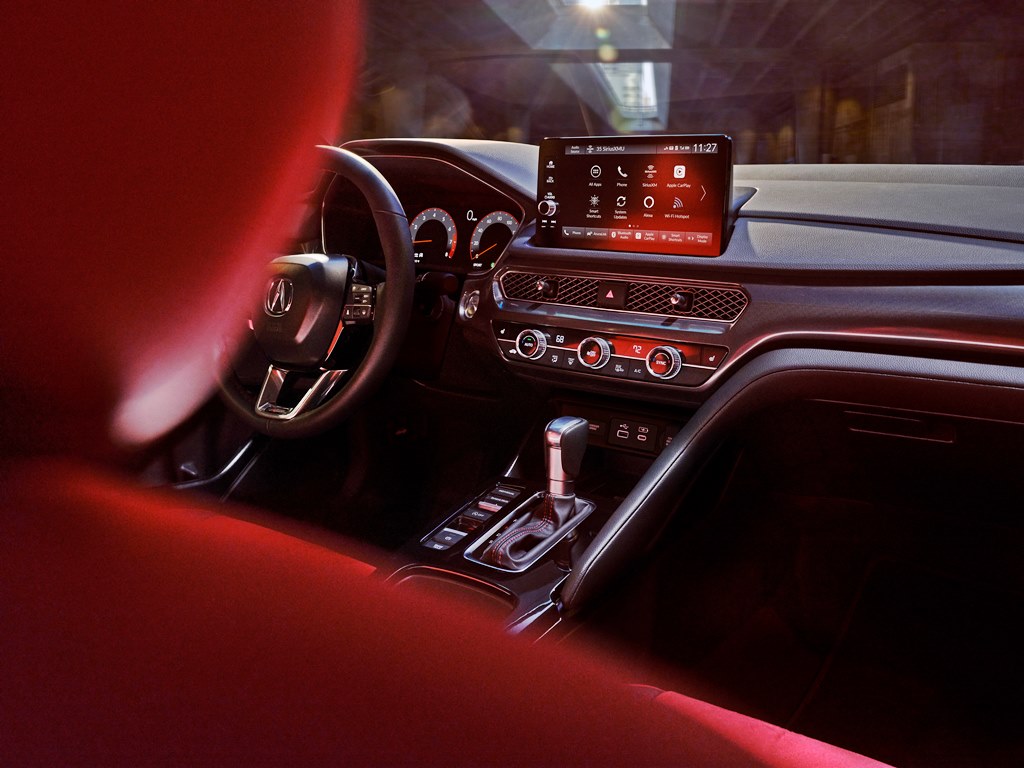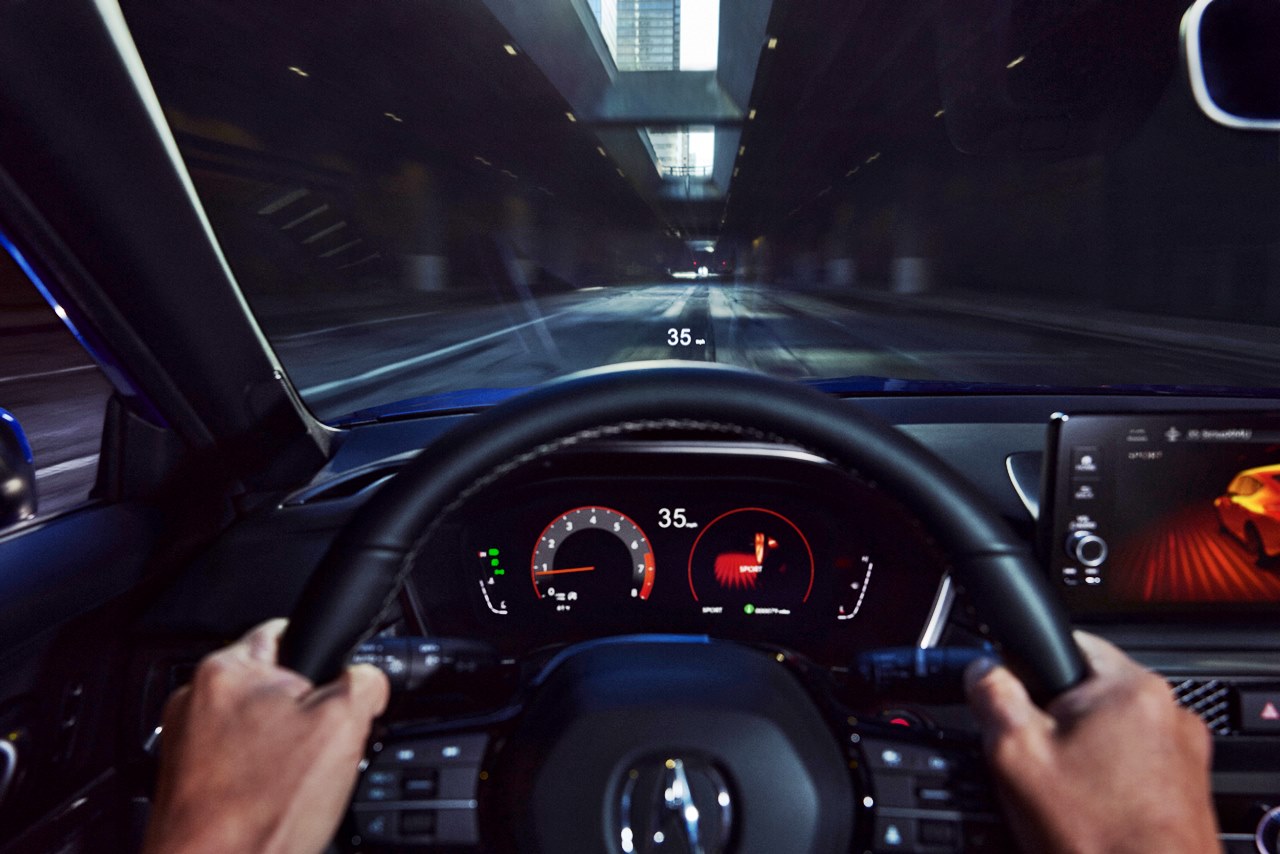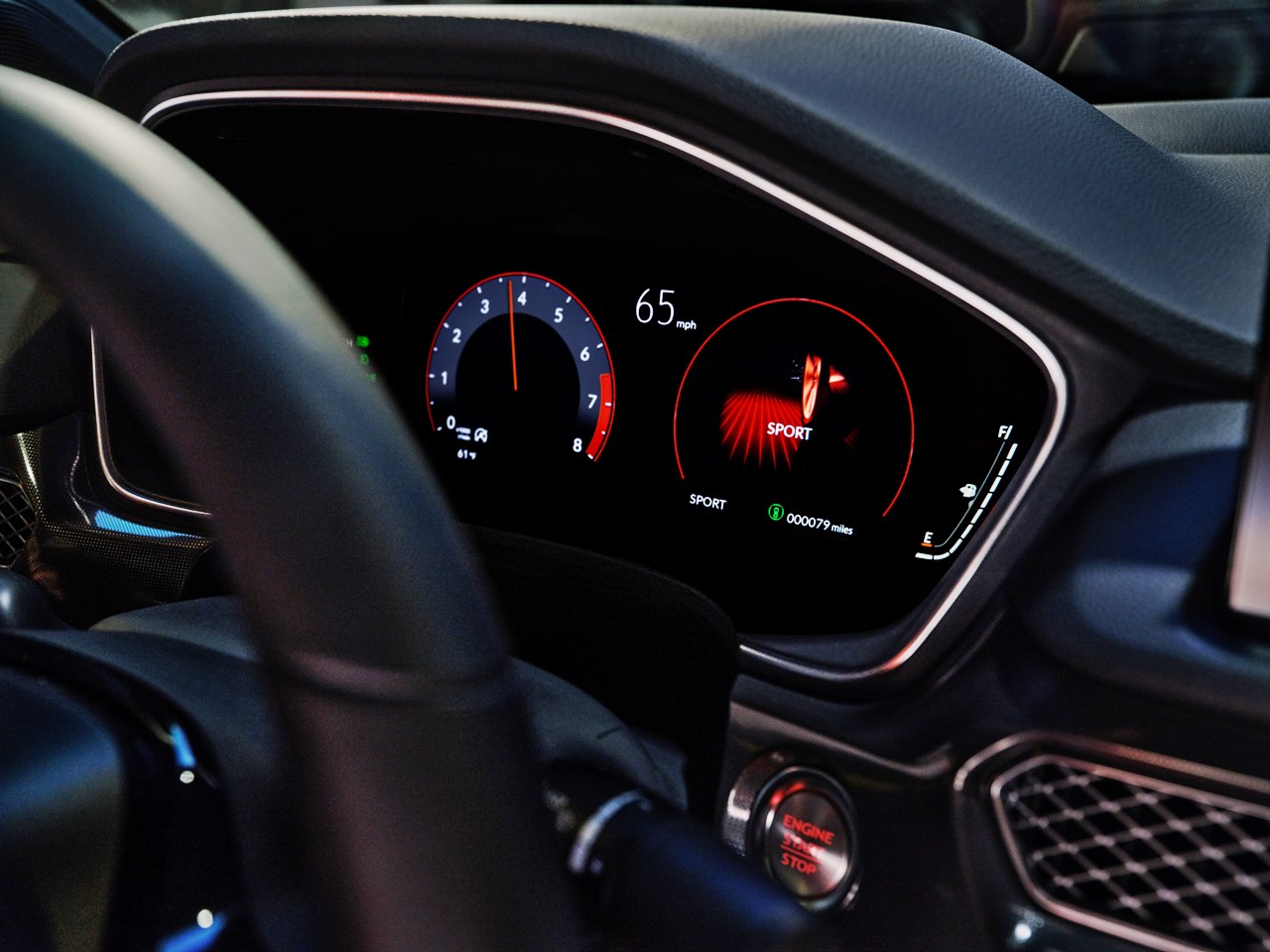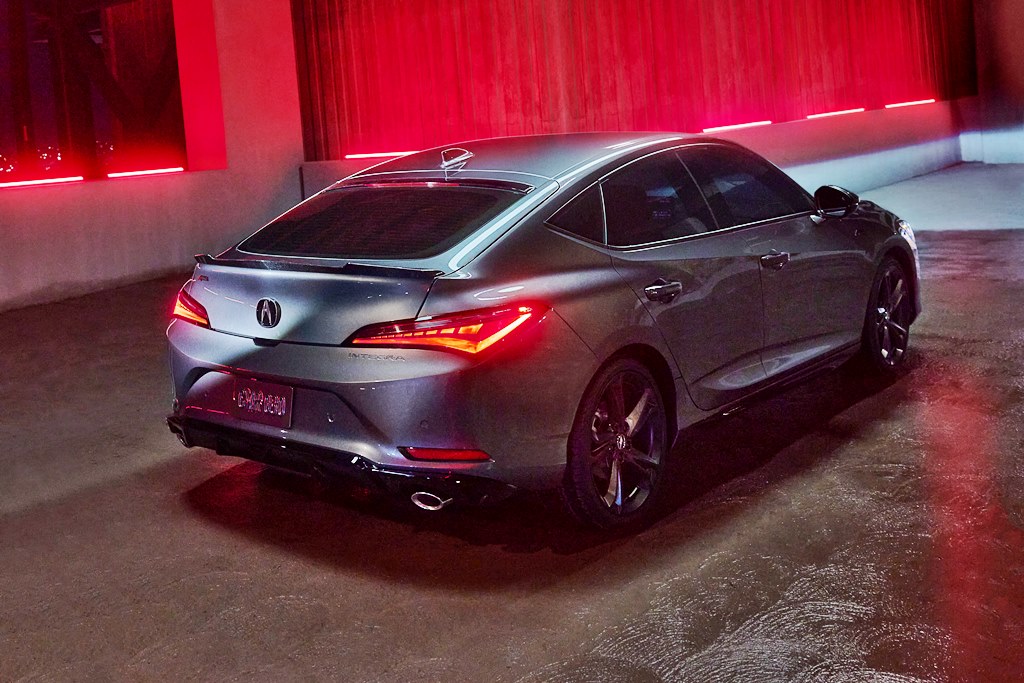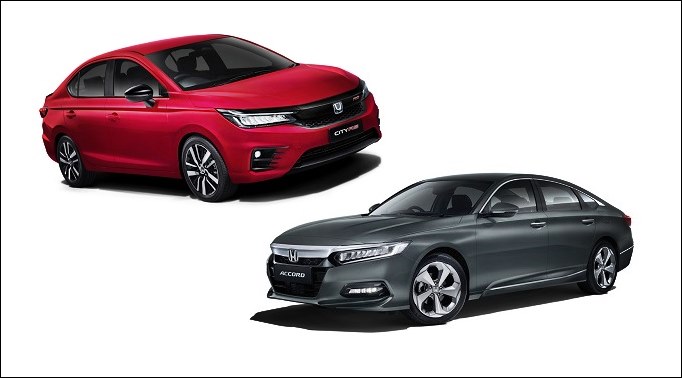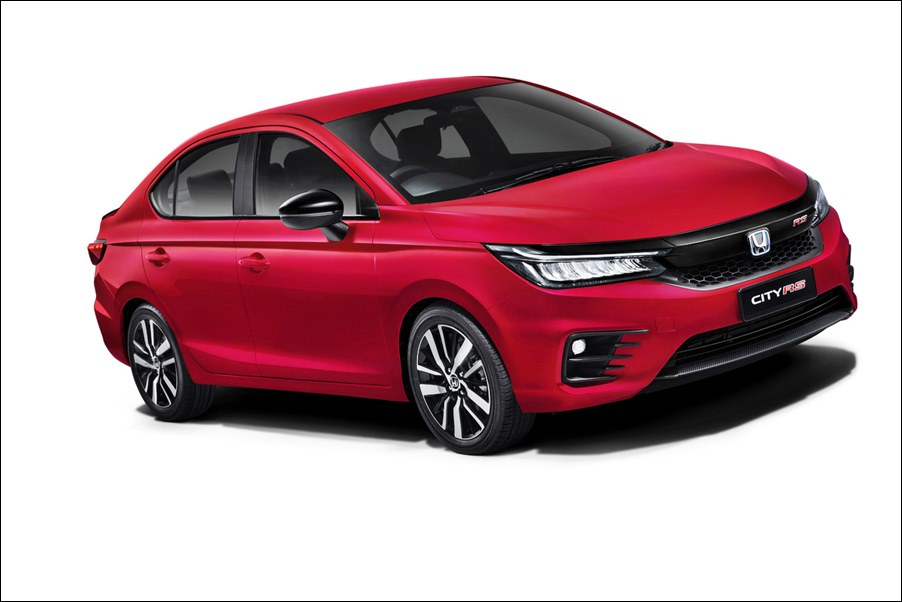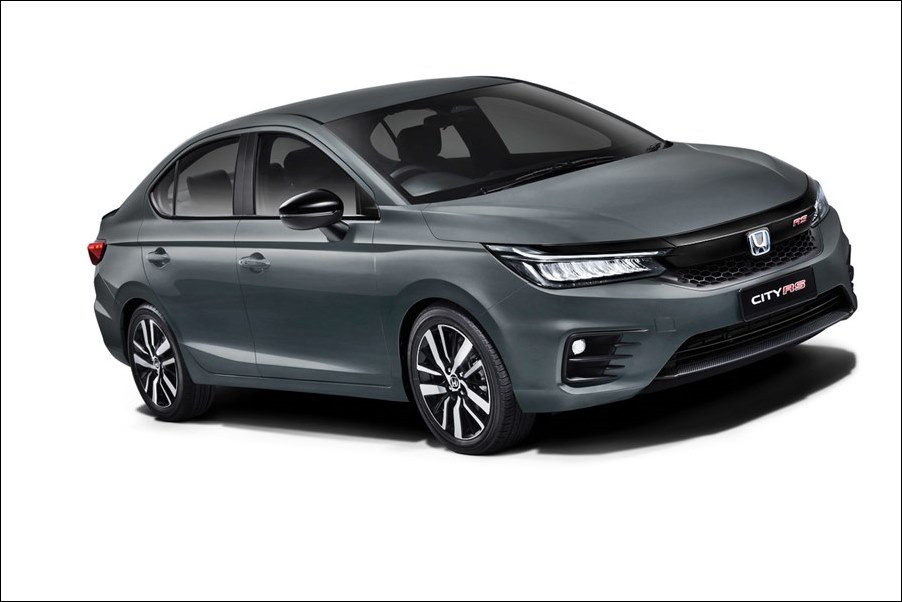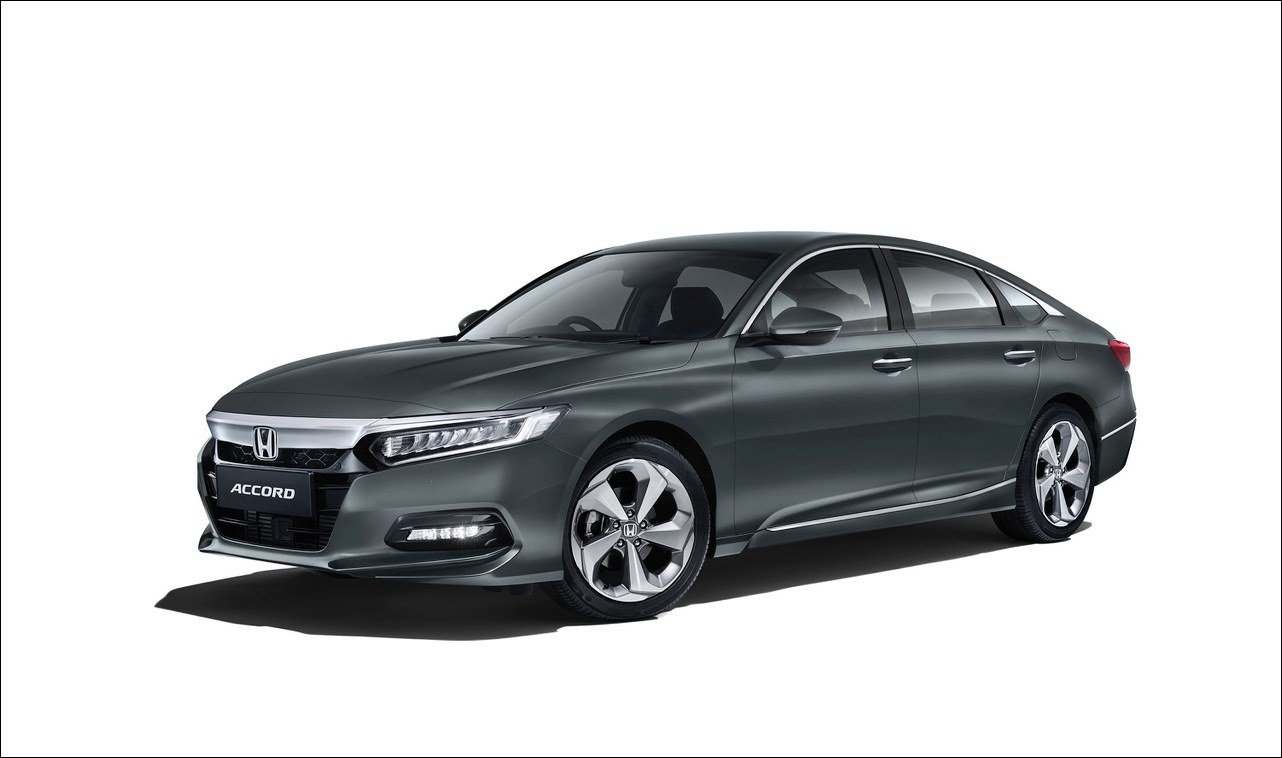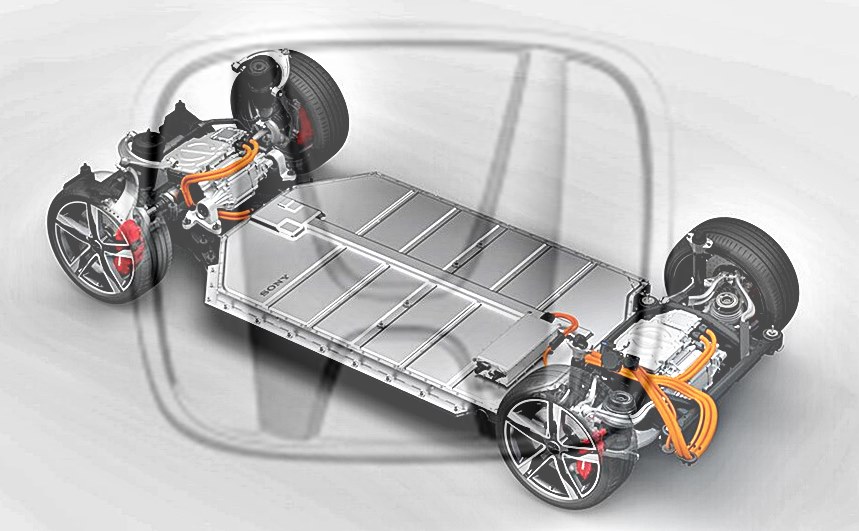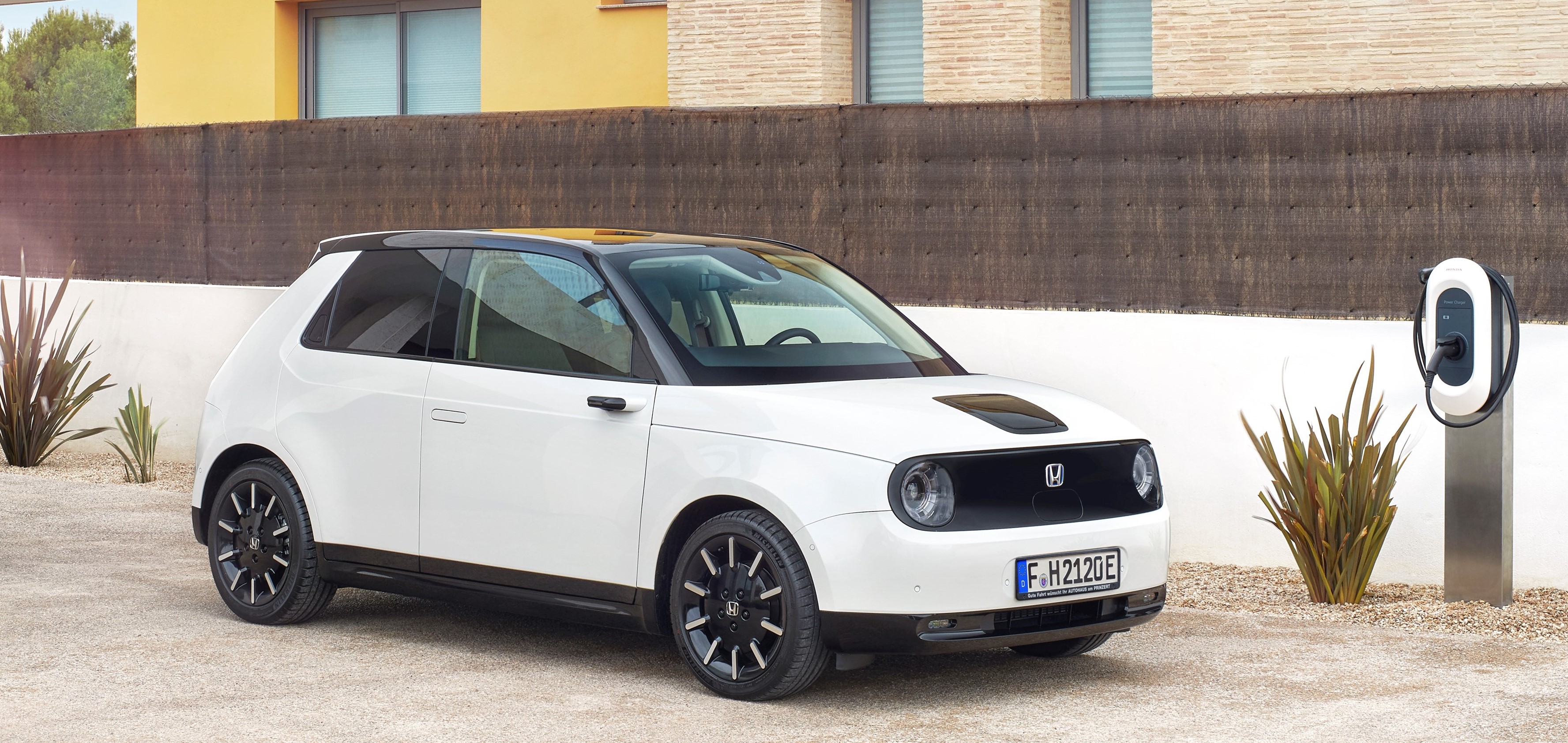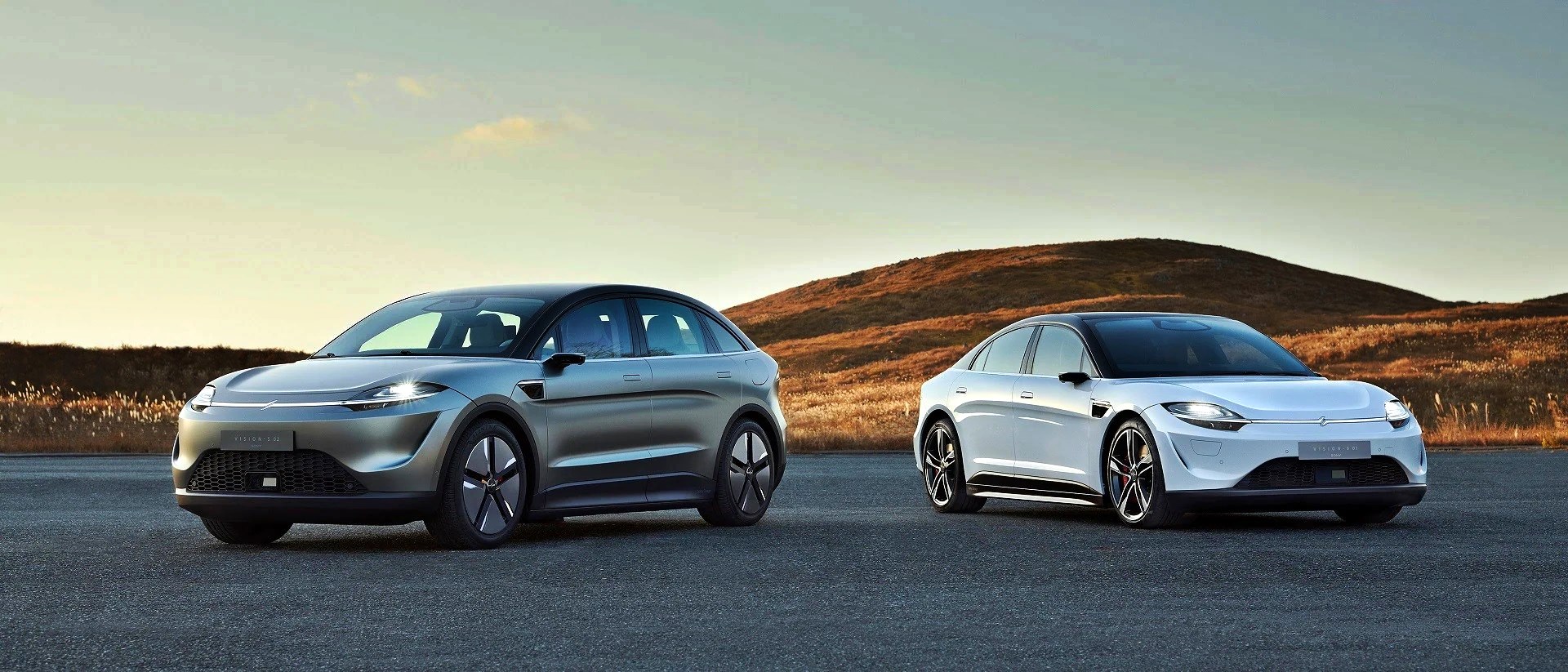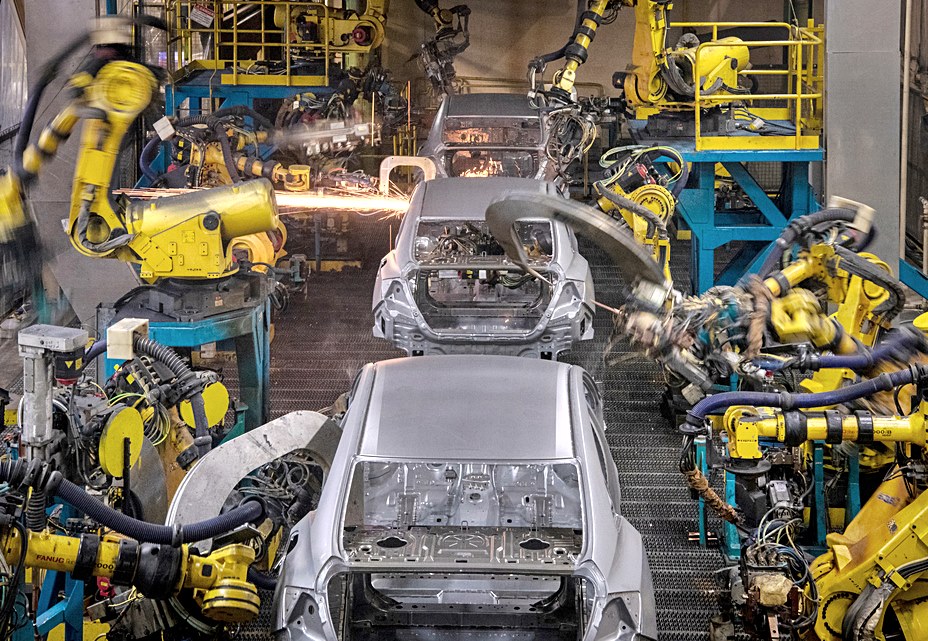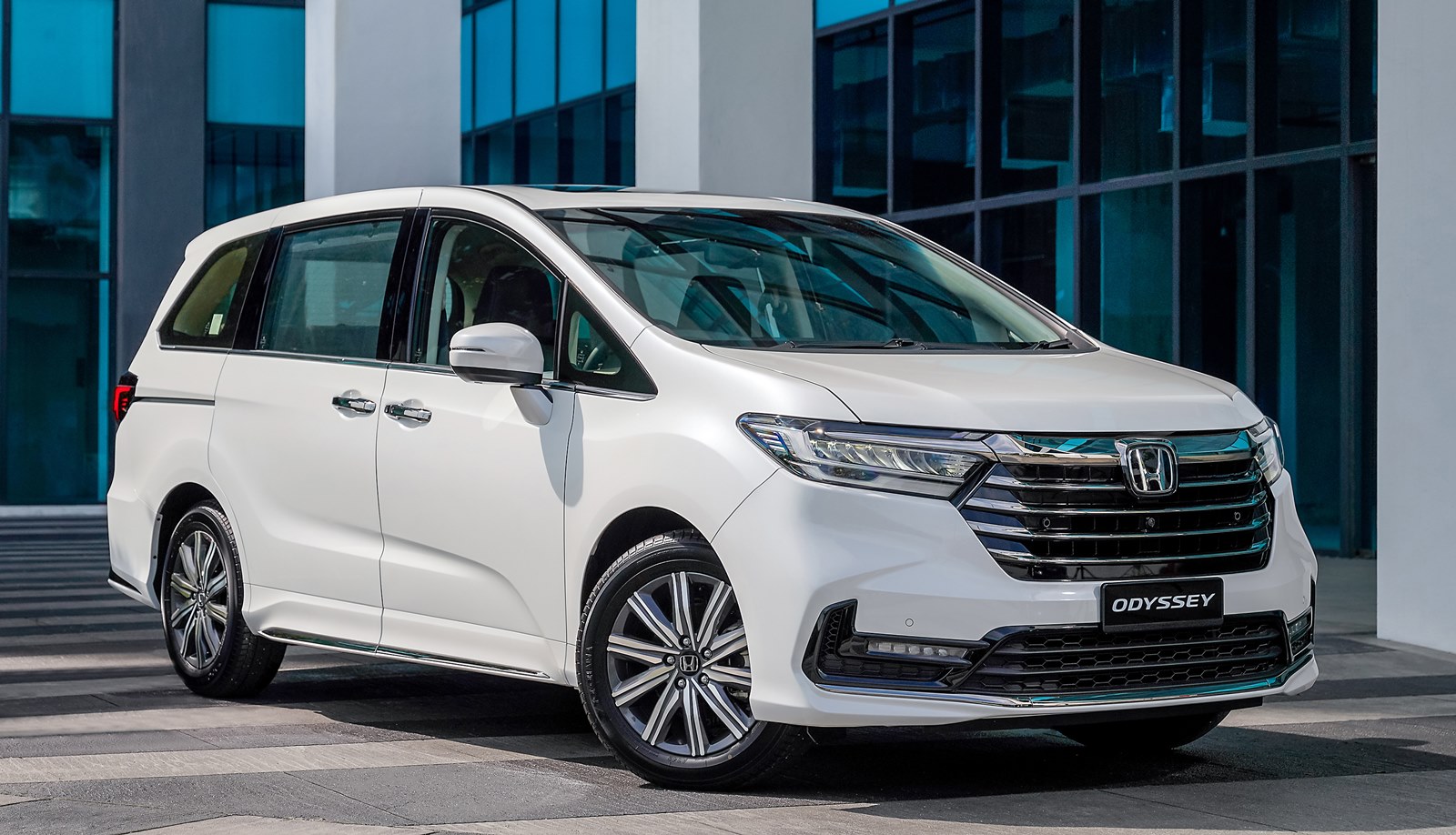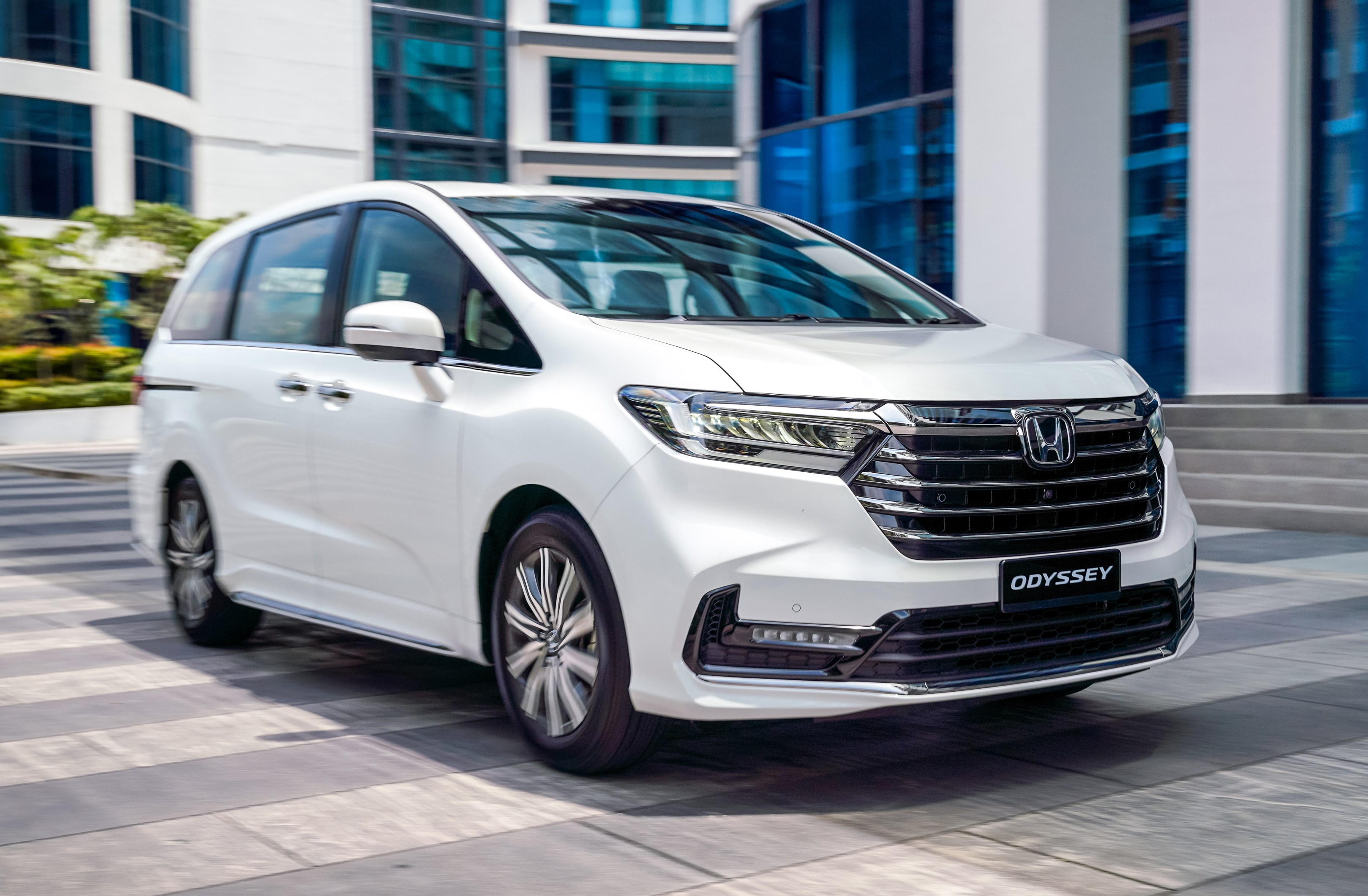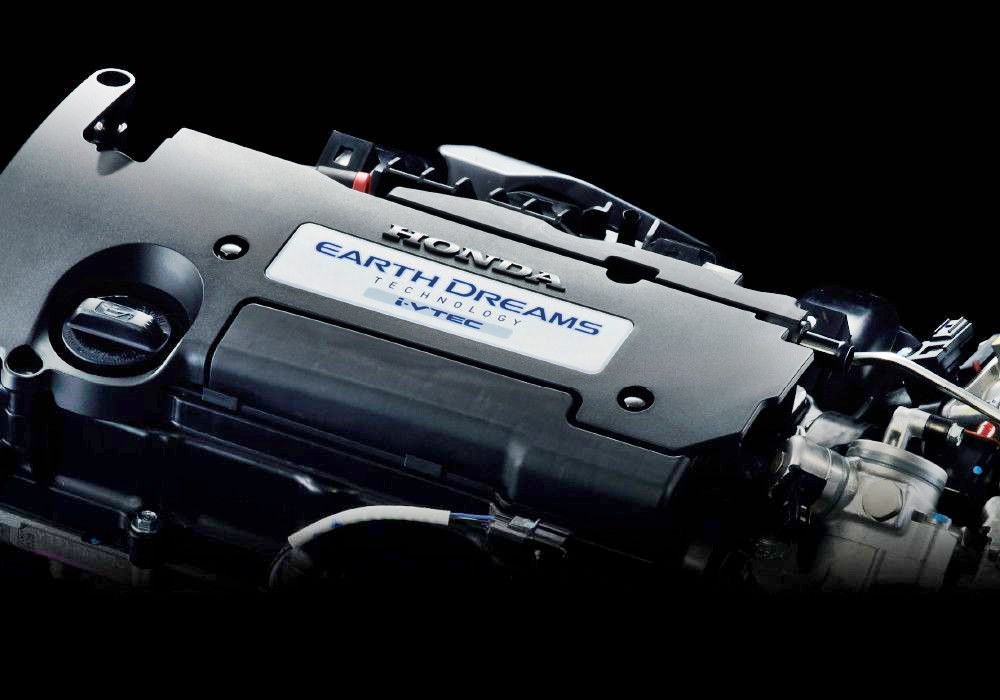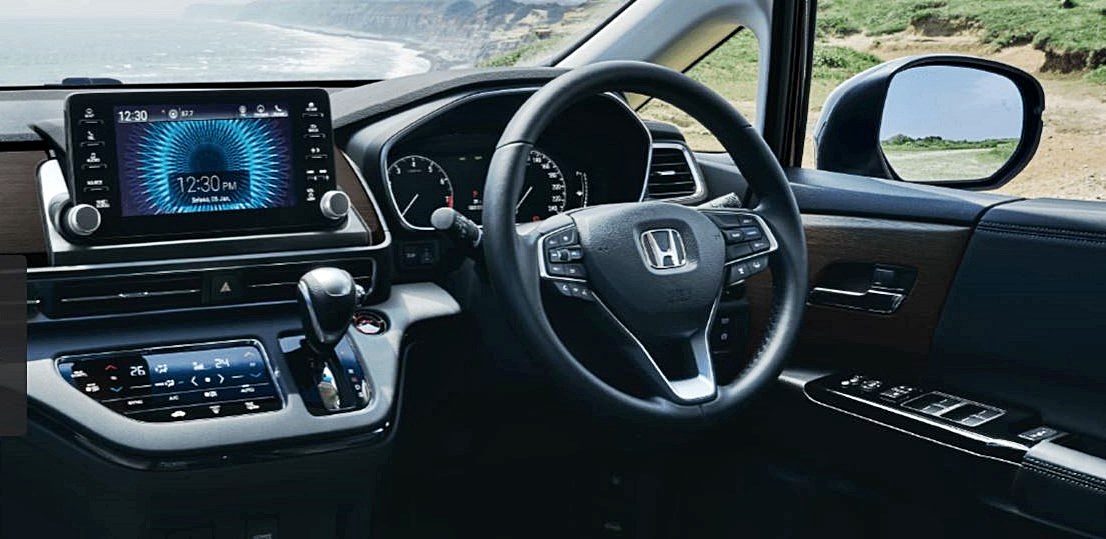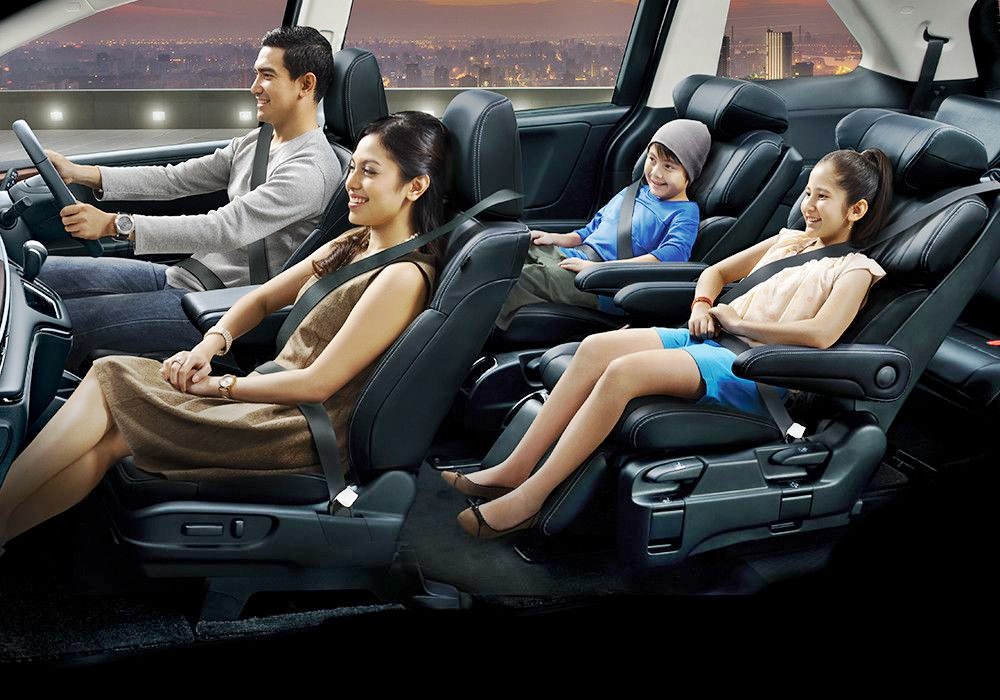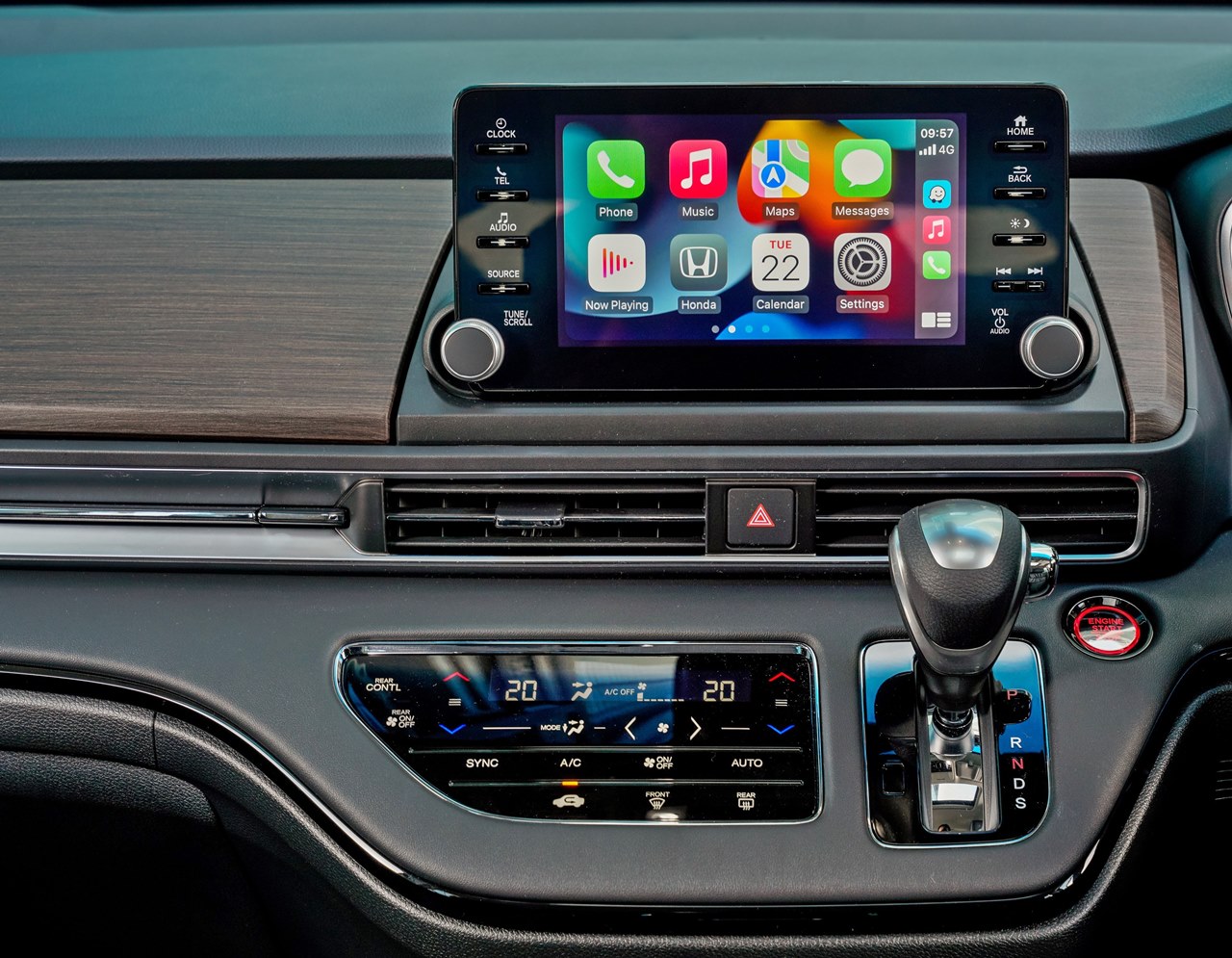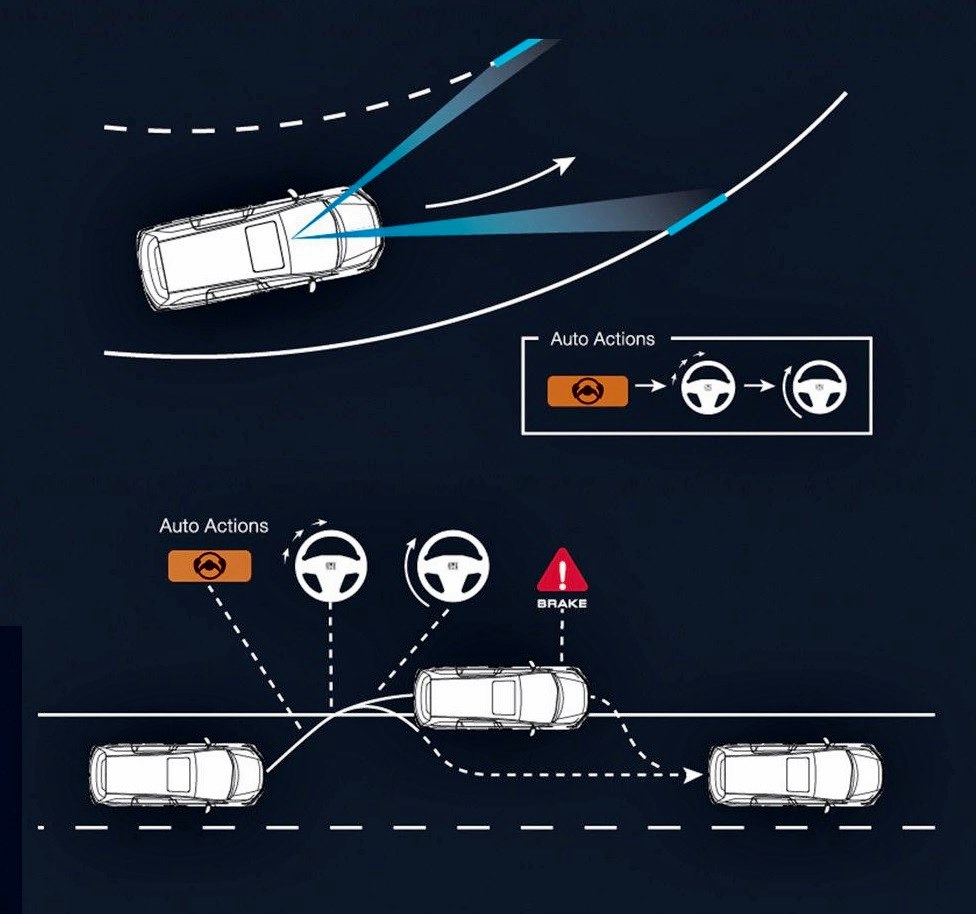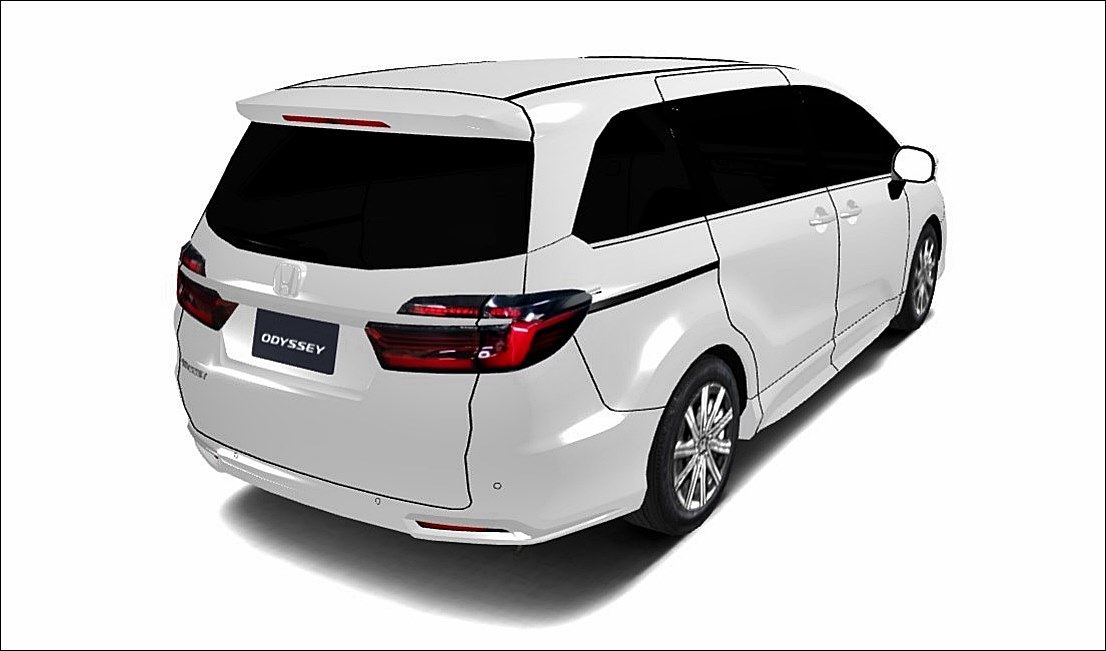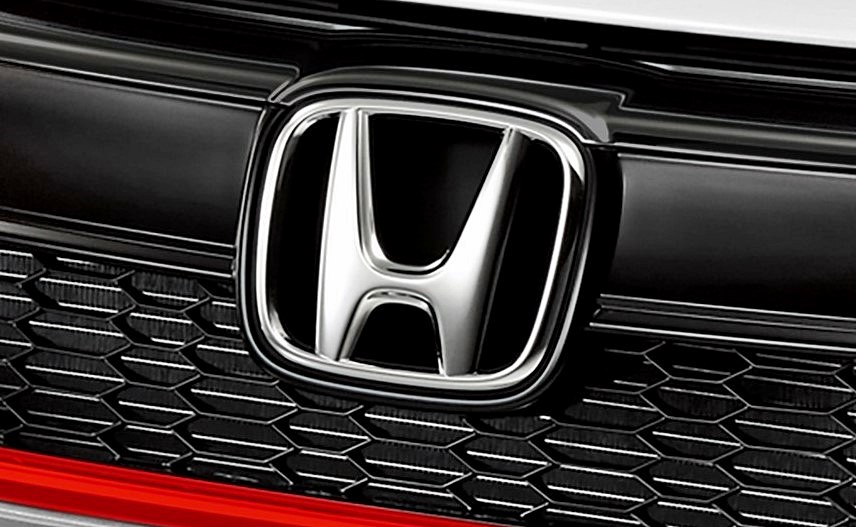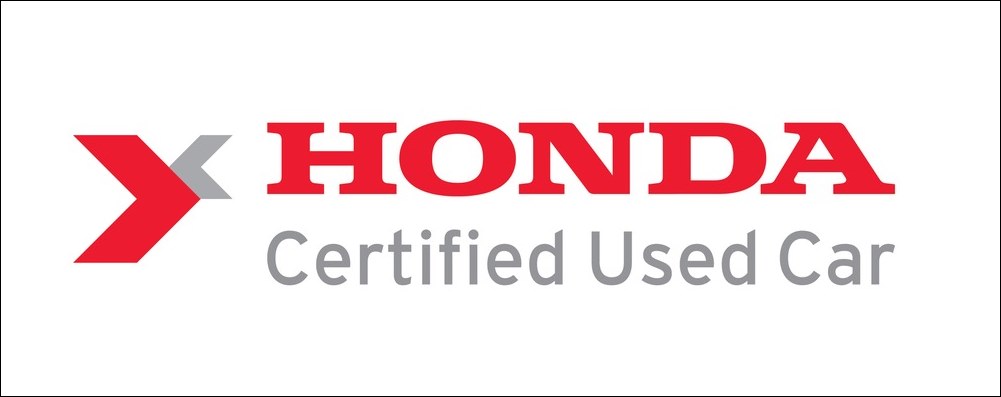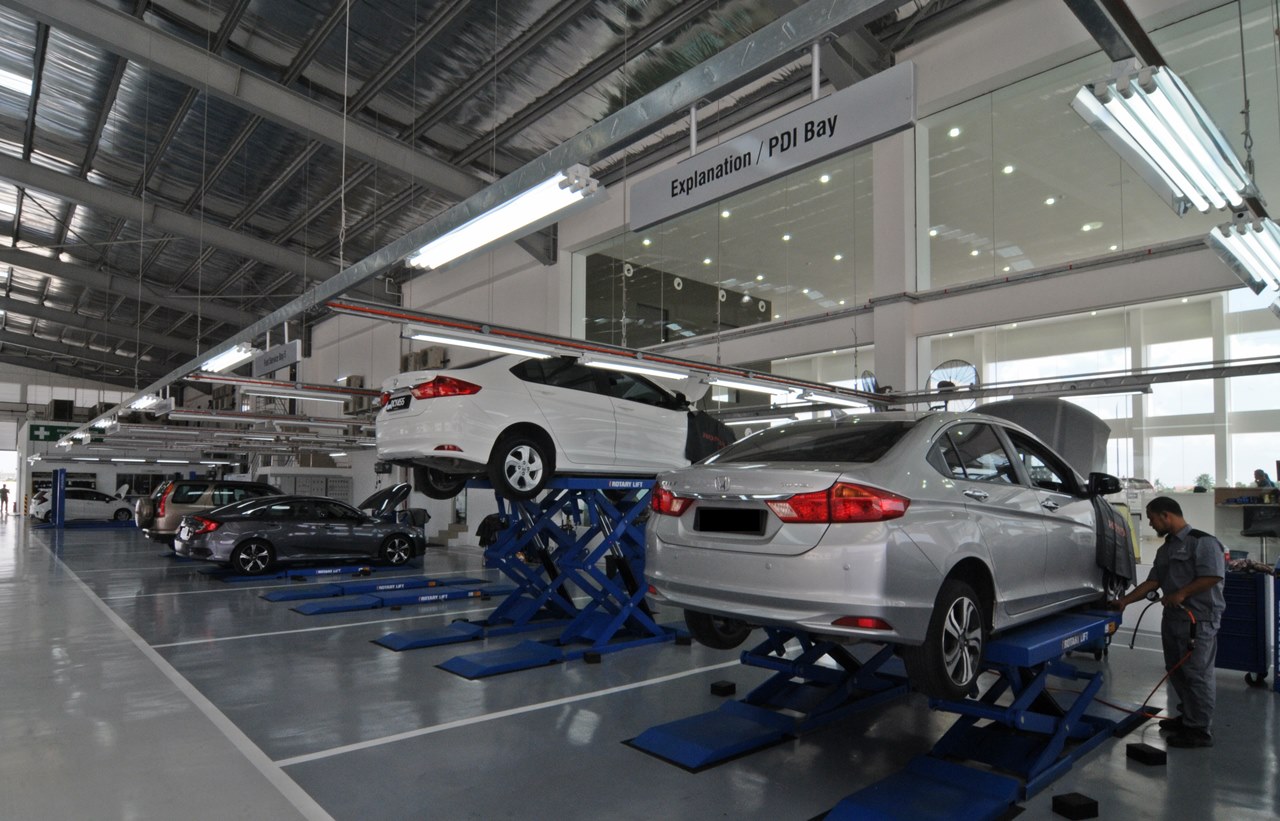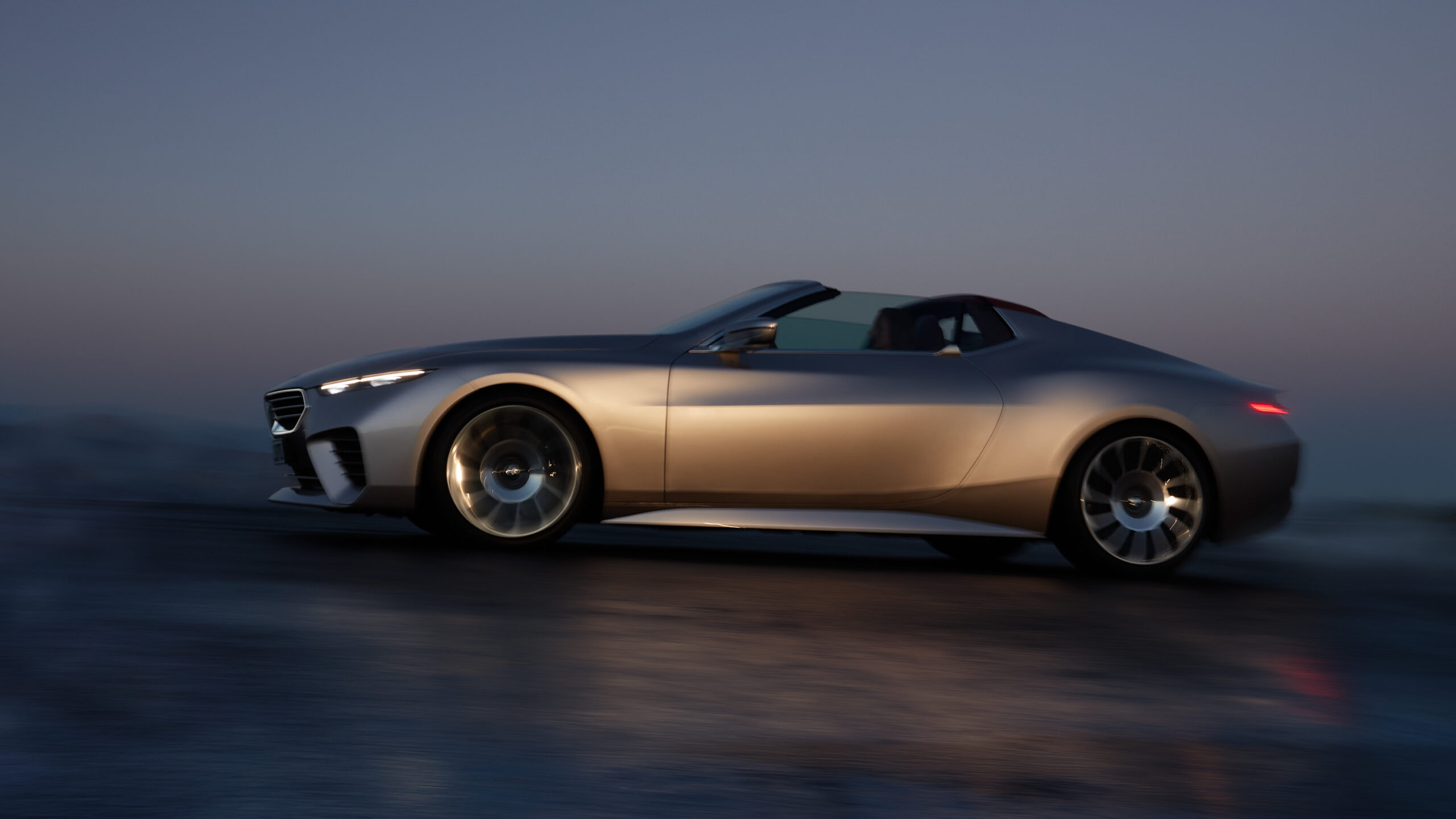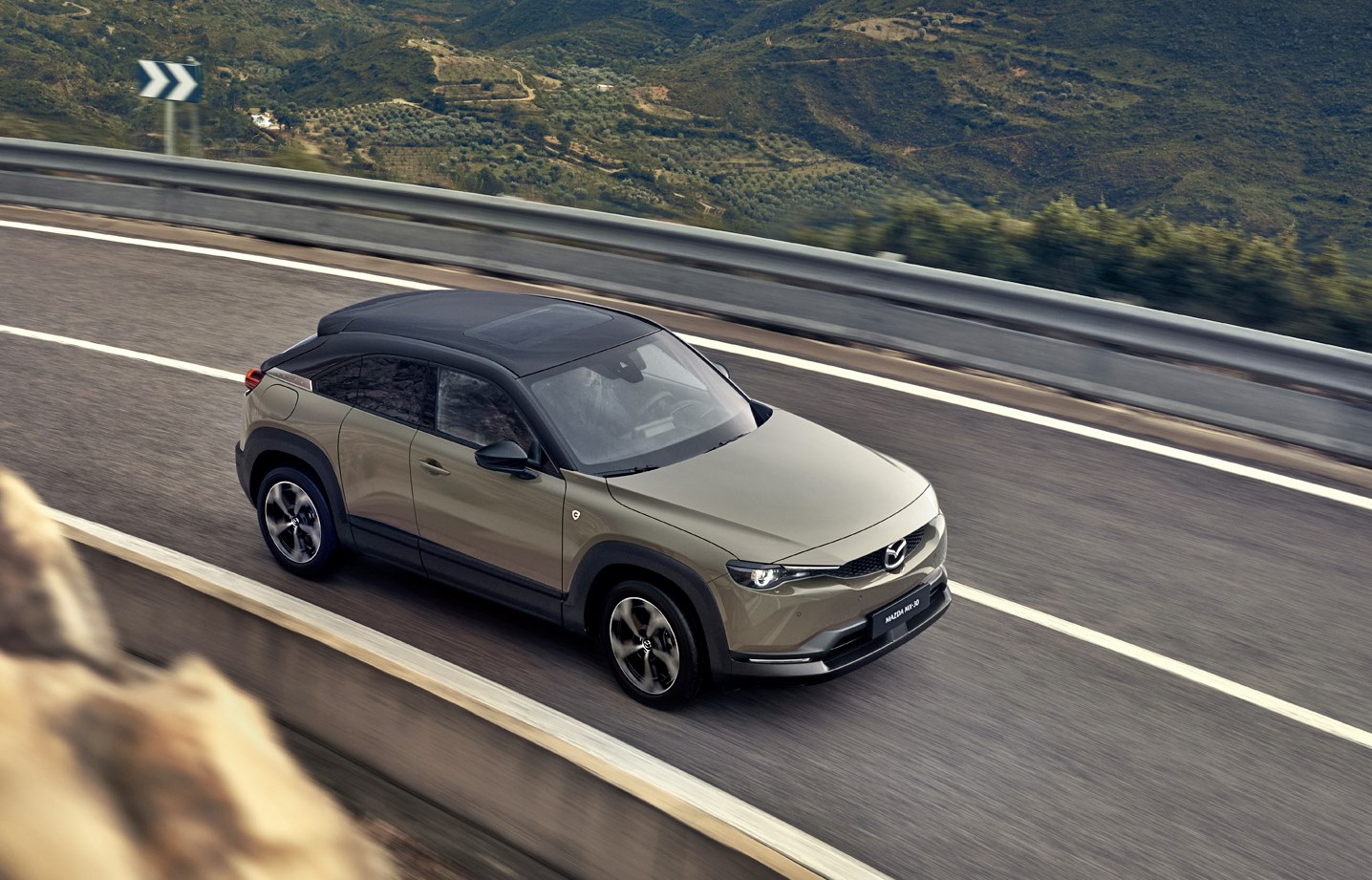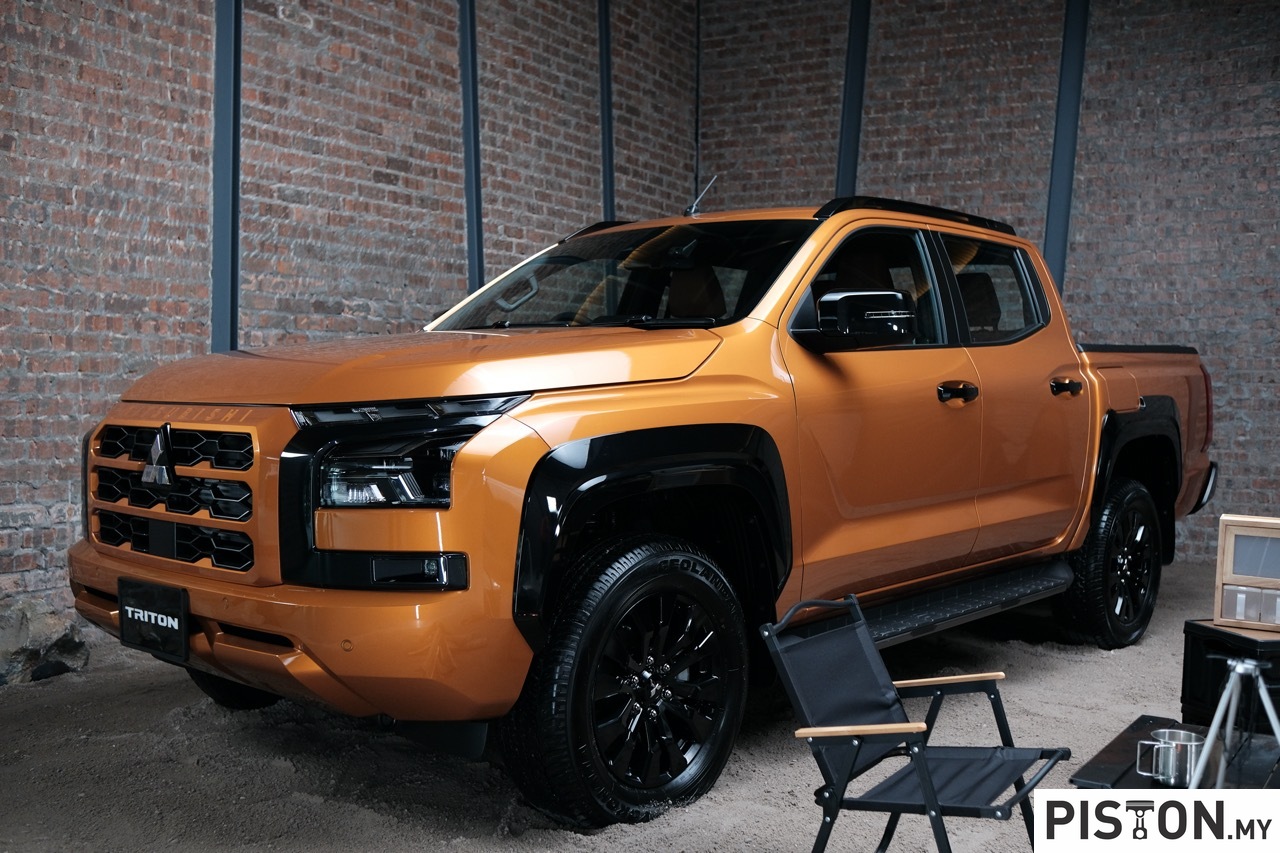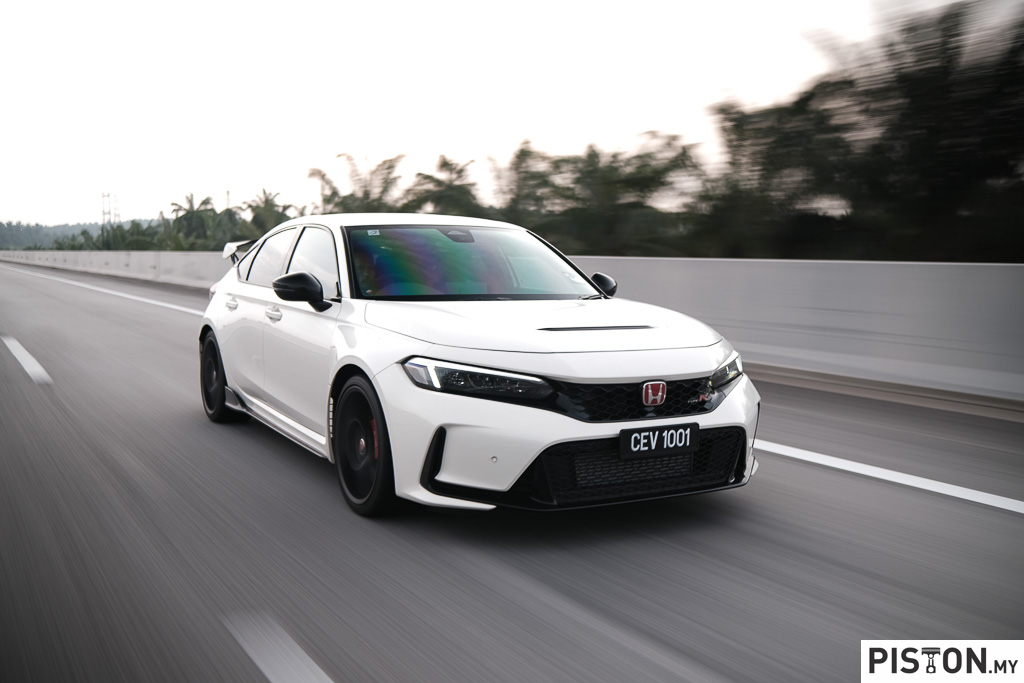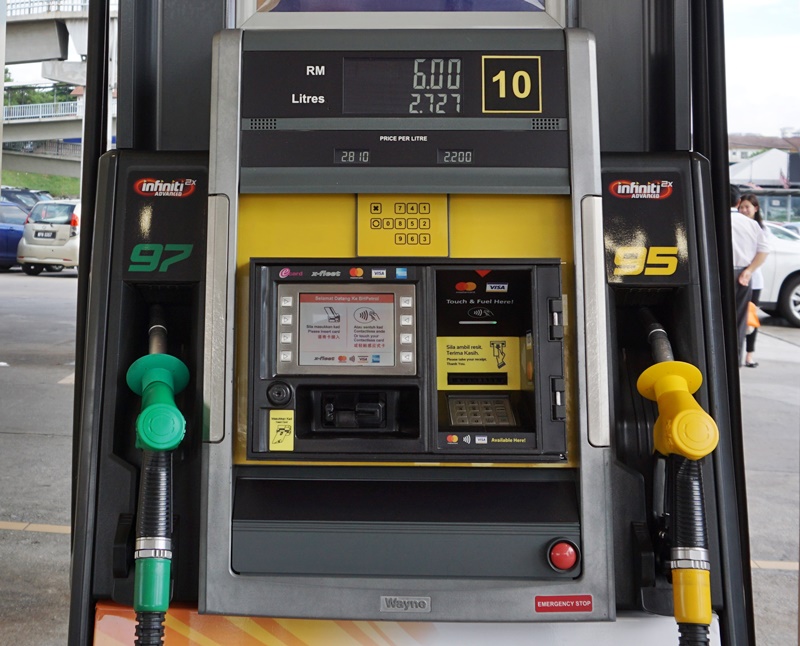As with the City Sedan, Honda Malaysia has now added another variant of the City Hatchback with the Honda SENSING driver-assistance package for those who want more advanced safety systems. The new City Hatchback V-SENSING variant is similar to the City Hatchback 1.5V and is priced from RM91,708.51 (excluding insurance and sales tax), which is around RM3,852 more than the 1.5V without Honda SENSING.
While Honda has provided various types of active safety systems over the years such as ABS, Vehicle Stability Assist and Traction Control, these have been independent in their functions. With Honda SENSING, which was first introduced in 2015 in Japan and 2017 in Malaysia (with the 5th generation CR-V), the active systems function in a collaborative manner and expand the capabilities of recognizing as well as reacting to potential accident situations.
Such unified systems use either a radar or a camera, or both, to scan the road ahead for other vehicles and road-users as well as road markings. More expensive models usually have the radar as well but for the City Hatchback (and Sedan), Honda uses only a camera, probably to reduce the cost. However, compared to the earlier Honda SENSING system, the camera (mounted in the space above the rearview mirror) in the latest one has a wider view and improved imaging capabilities in all lighting conditions. The imagery captured by the camera is constantly analysed and also picks up lane markings on the road as well as the edge of the road.
Compared to the original Honda SENSING system first introduced in Malaysia, today’s system has increased features and consists of:
- Adaptive Cruise Control (ACC)
- Collision Mitigation Braking System (CMBS)
- Forward Collision Warning (FCW)
- Lane Keep Assist System (LKAS)
- Road Departure Mitigation (RDM)
- Lane Departure Warning (LDW)
- Auto High Beam (AHB)

ACC is a more advanced type of cruise control where the car can run in semi-autonomous mode. The driver still needs to pay attention and steer but once the cruising speed is set, there is no need for the driver to use the brakes to slow down if there is a vehicle ahead. The system will do it automatically to maintain a safe distance, returning to the set speed when there is no vehicle ahead. This will not only make driving easier in heavy traffic but also help to reduce fatigue on long journeys, improving safety.
CMBS and FCW are related systems, both functioning to prevent a collision with a vehicle ahead or hitting other road-users. FCW will warn the driver by sound and by warning lights if there is a risk of a collision. If the driver does not act to prevent this from happening – ie slowing down or braking – CMBS then activates and the brakes will be applied automatically. While the automatic emergency braking may or may not prevent a collision (depending on road conditions and speed), the earlier deceleration could reduce the damage of the impact if it occurs.
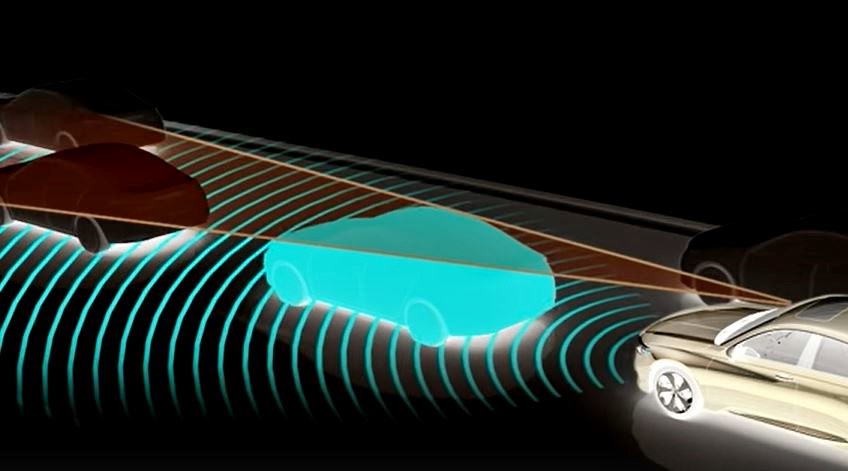
Incidentally, when CMBS occurs, the rear brake lights automatically flash and the hazard warning lights will also come on. This is to alert drivers in vehicles behind of the sudden braking so they won’t also collide… not all cars may have systems like Honda SENSING.
LDW, LKAS and RDM also related and their main function is to keep the car within its lane. These systems were developed as studies have found that many accidents have occurred due to the car wandering out of its lane without the driver being aware (usually due to lack of attention or drowsiness). The systems will not activate if a turn signal is in use, signifying that the car’s movement out of its lane is deliberately done.
The process starts with LDW which relies on the camera imagery to recognise lane markings. This may not be 100% perfect since the markings may not be present or worn out, or the road may be wet with rain. If the car is not positioned within its lane, there will be alerts to make the driver aware. Should the car keep drifting out of the lane, LKAS will start and the steering wheel will receive a slight turning action to guide the car back into the lane. Like ACC, this feature can also reduce driving fatigue on long journeys.
RDM operates like LKAS except it is for a more extreme situation such as when the car is about to leave the road unintended. The system will apply steering torque to bring the car back into the lane but if that is not likely to work, braking action may also occur to prevent further departure from the road.
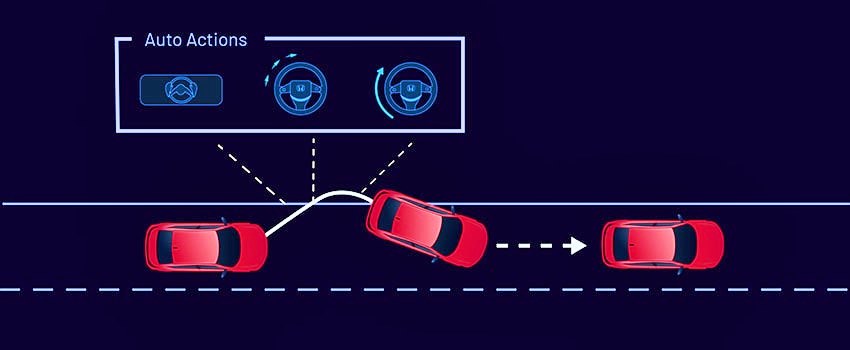
AHB is a straightforward system which just switches the headlights between high and low beams automatically. When driving at night, the illumination should be maximised as much as possible and this is usually with high beams. However, they can dazzle oncoming drivers so they need to be switched low beams. AHB takes away the need for the driver to do this and the lighting will be kept at maximum as much as possible. Having high beam in use also enhances the effectiveness of the camera at night.
Also of note in the safety department is Honda Lanewatch, an innovative feature which provides the driver with a view of the blind spot on the left side of the car by using a small camera mounted on the door mirror. The real-time image is displayed on the 8-inch panel in the middle of the dashboard so the driver doesn’t have to turn the head all the way to the left to see the mirror. The camera is only on when the left signal is activated.
Besides having the same standard equipment as the Sedan, the City Hatchback also comes with the ULTRA seats at the rear. This is a simple but clever idea which originated in the first generation of the Jazz some 20 years ago. Where hatchbacks usually have rear backrests that fold flat to expand the cargo volume and floor length of the boot, the ULTRA seat folds up to also create extra cabin height for carrying tall items like plants.
Besides this TALL mode, there are three other modes – UTILITY, LONG or REFRESH. For the LONG and REFRESH modes, the front passenger’s seat can also be folded flat so there is an open space from the back door all the way to the dashboard to carry a really long item or just to stretch out. The UTILITY mode is essentially like what you get in other hatchbacks with the rear backrests folded down to enlarge the boot space which can accommodate bicycles.
Performance-wise, there is the same well proven 1.5-litre DOHC i–VTEC engine. This produces 121 ps/145 Nm which is the highest in its class and the power gets to the front wheels through a CVT.
For more information on the City Hatchback V-SENSING and other Honda models, visit www.honda.com.my or any authorised Honda showroom.
Honda Malaysia’s local vehicle assembly crosses 1 million mark




